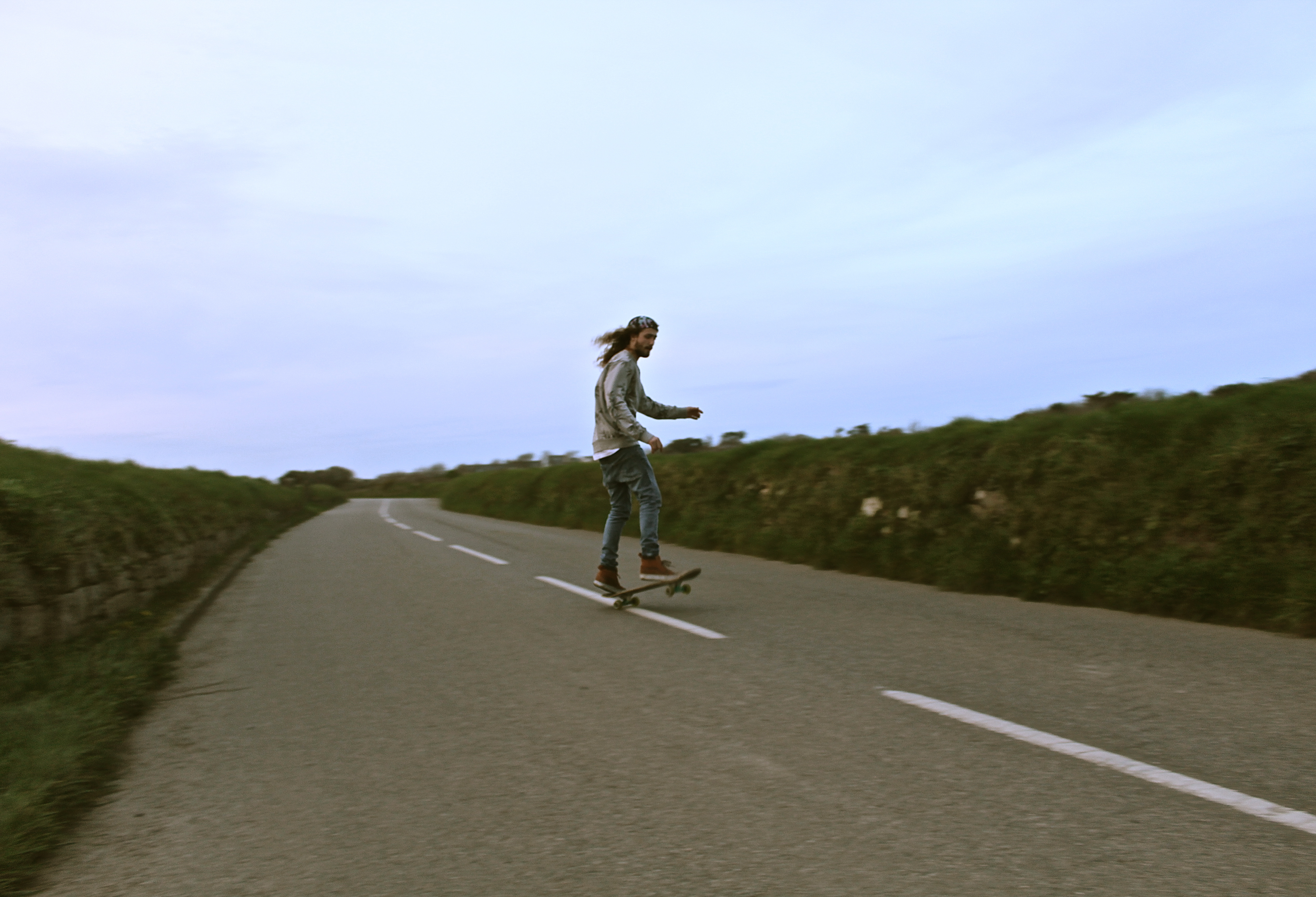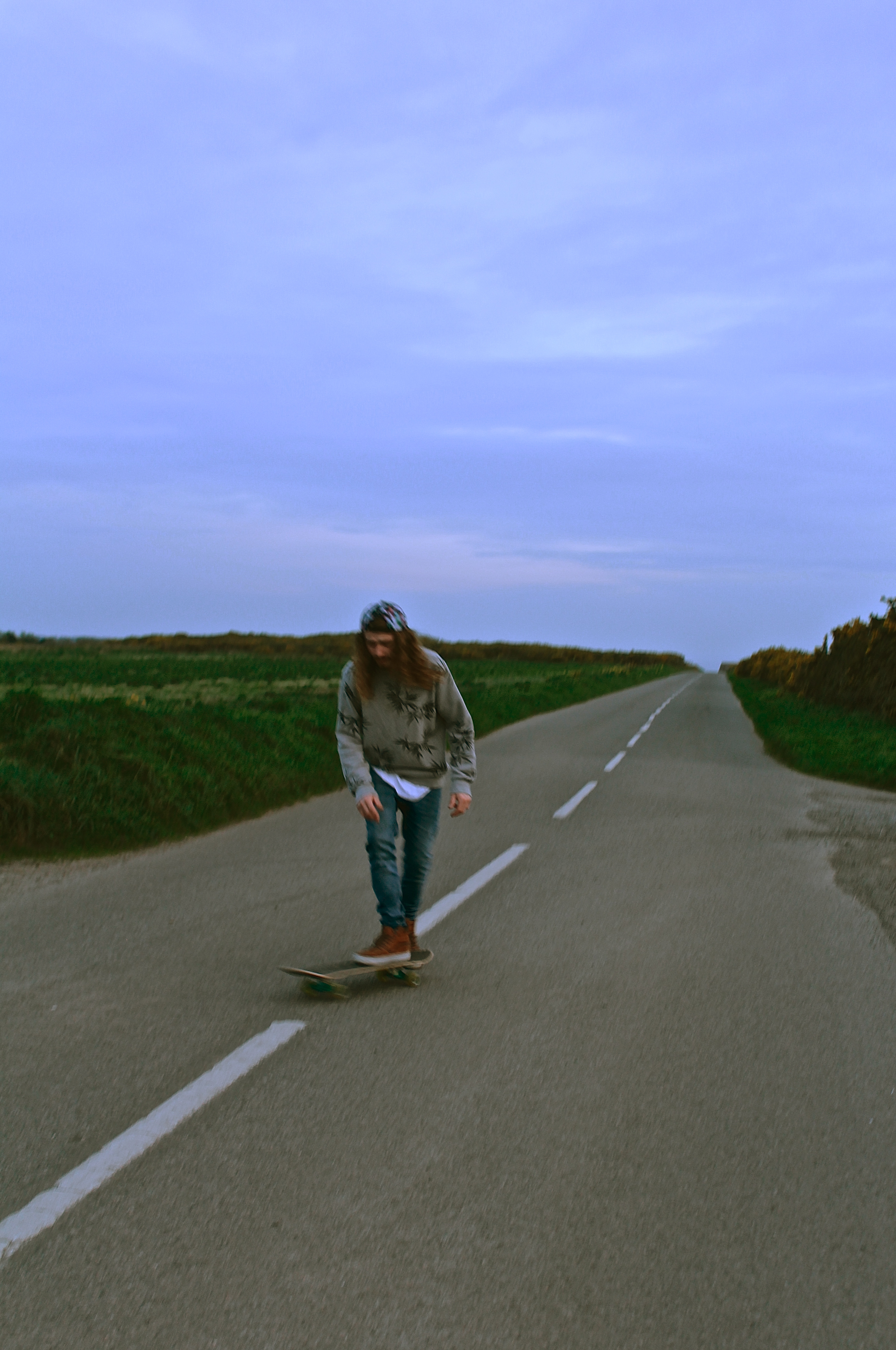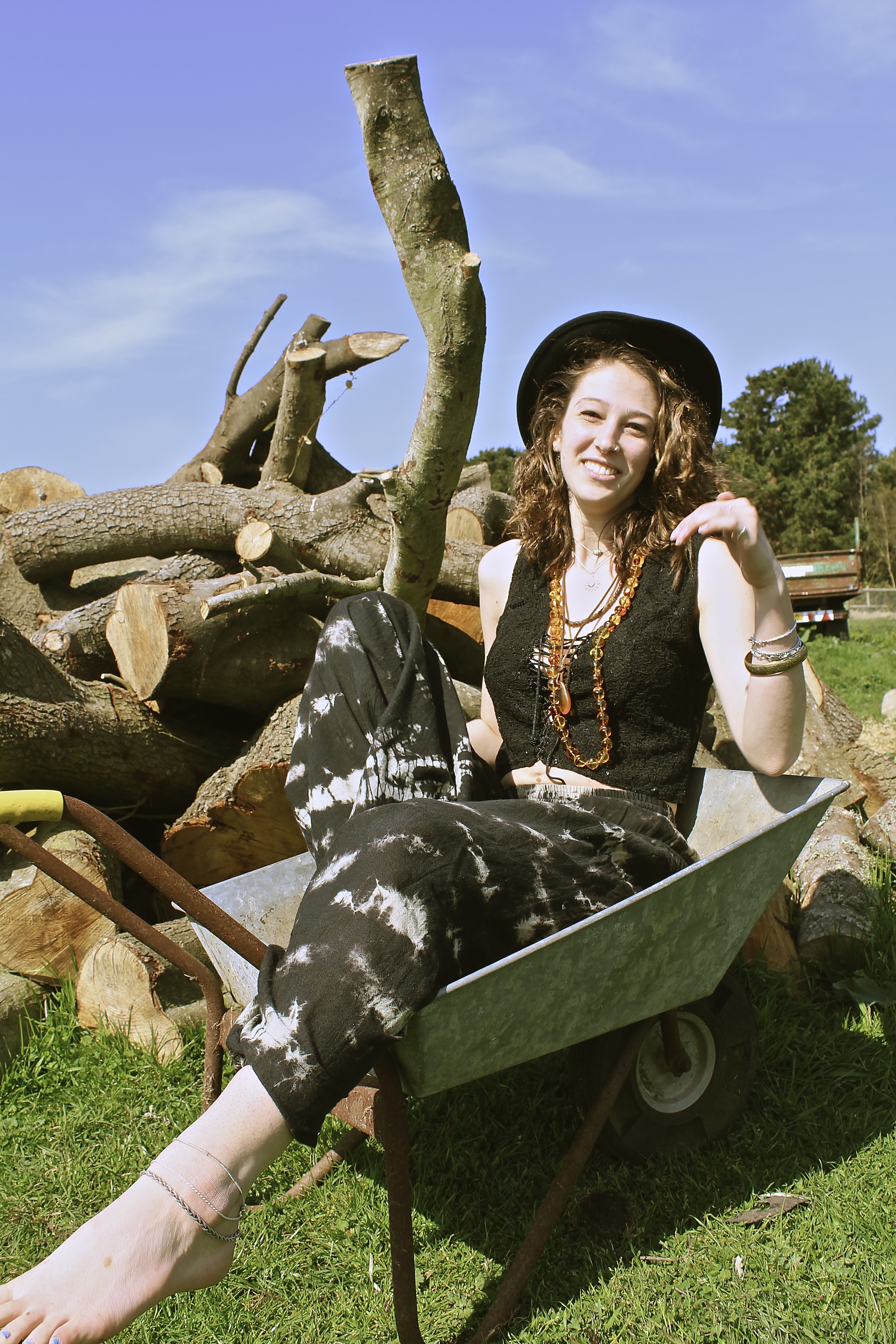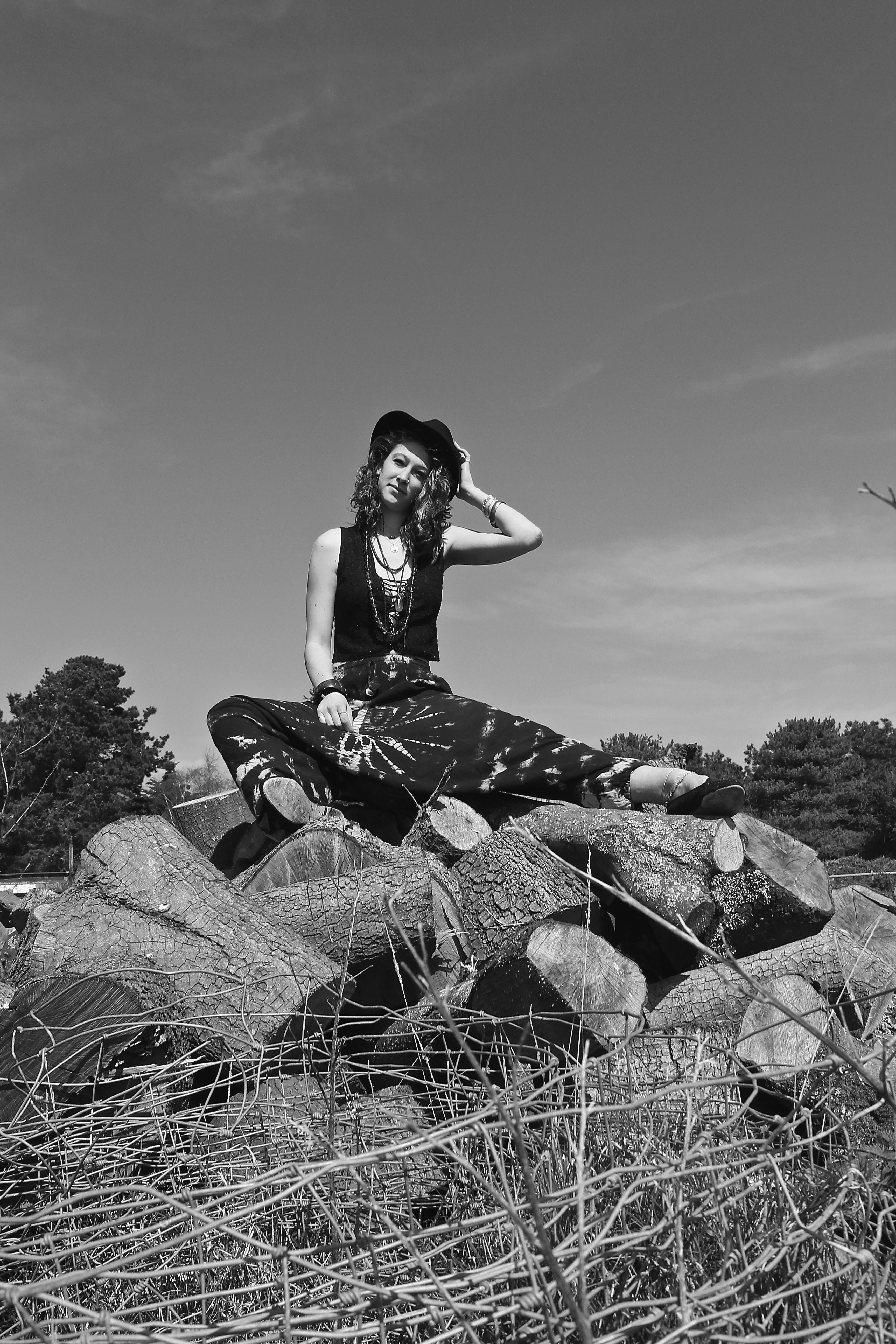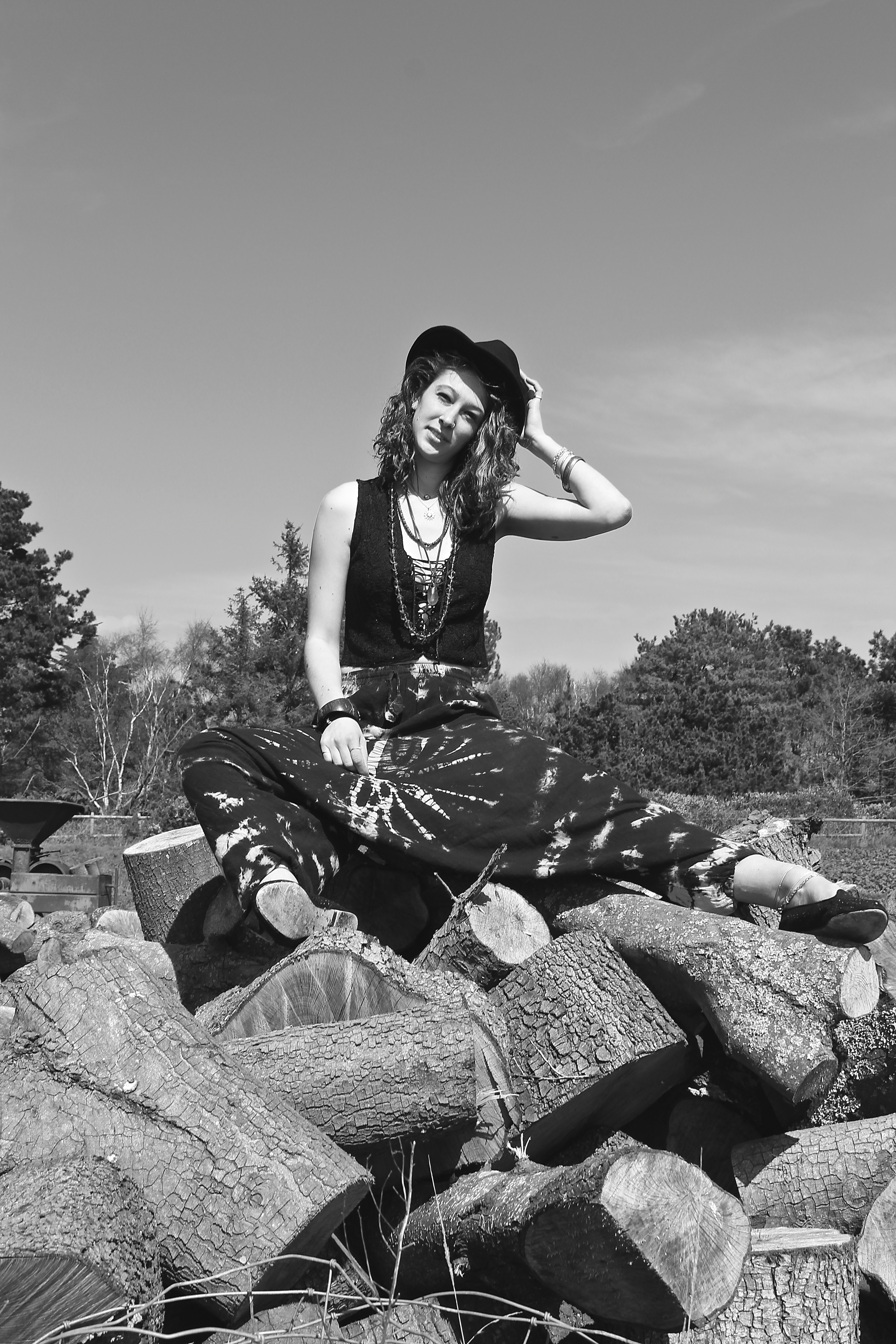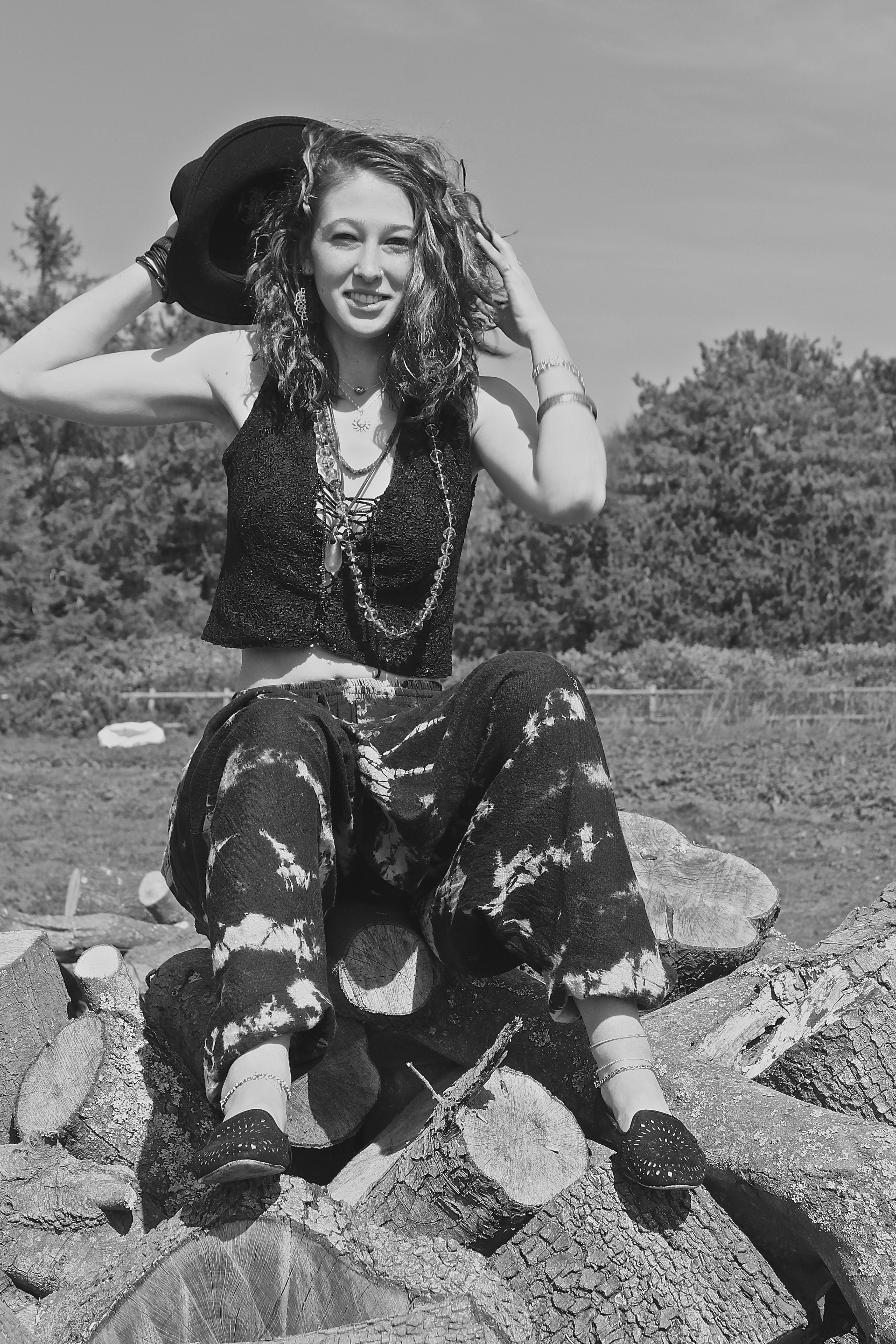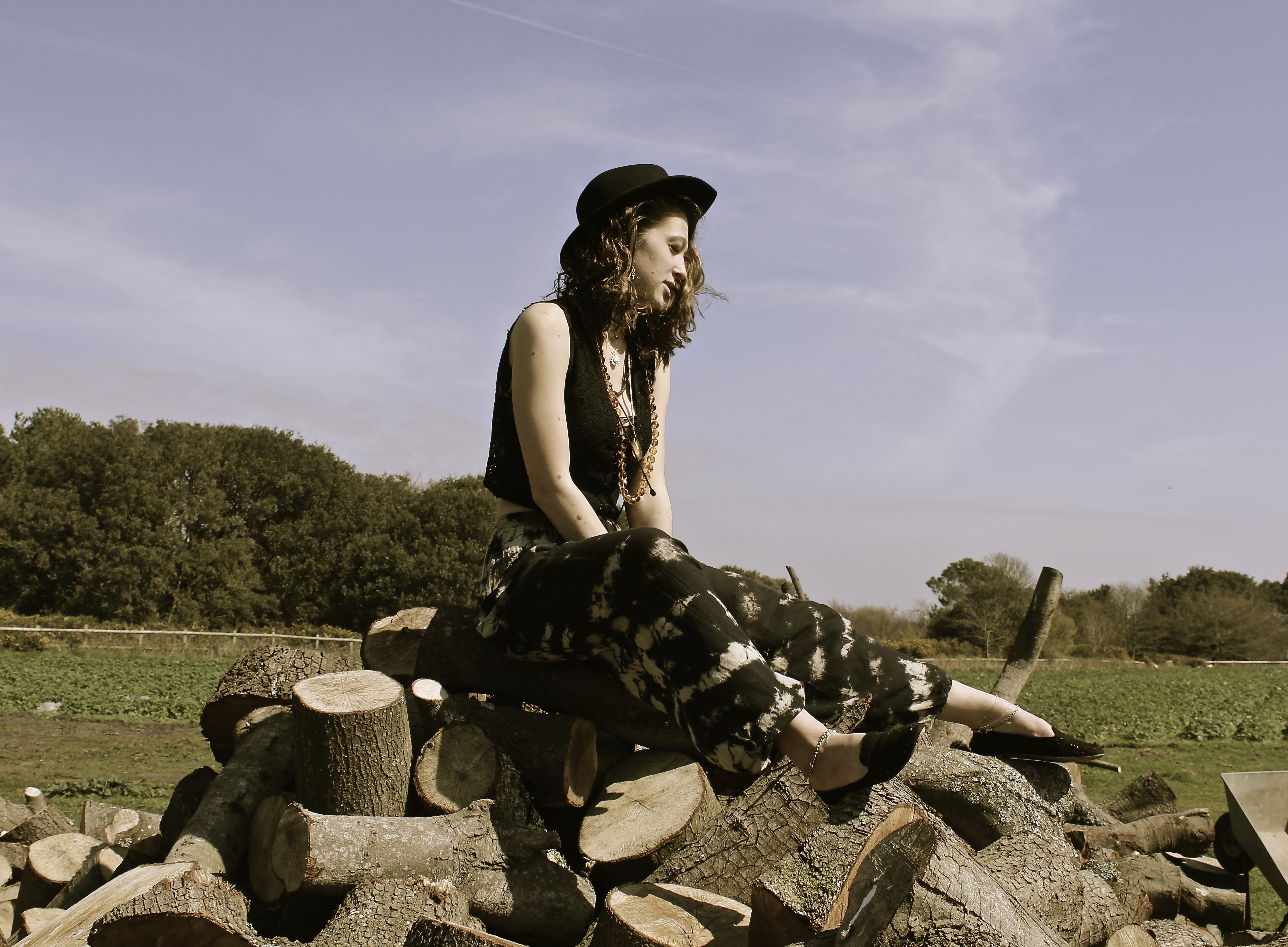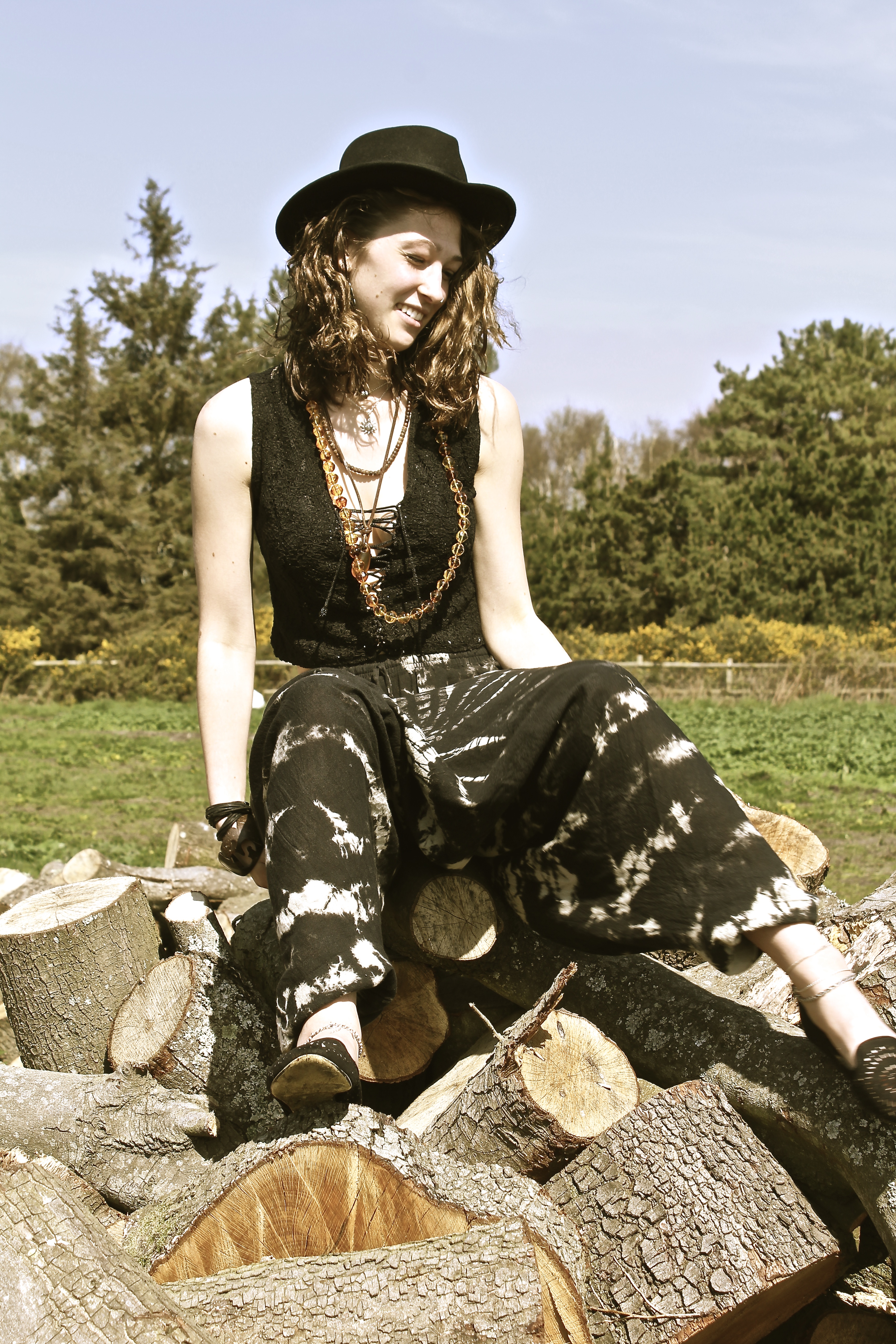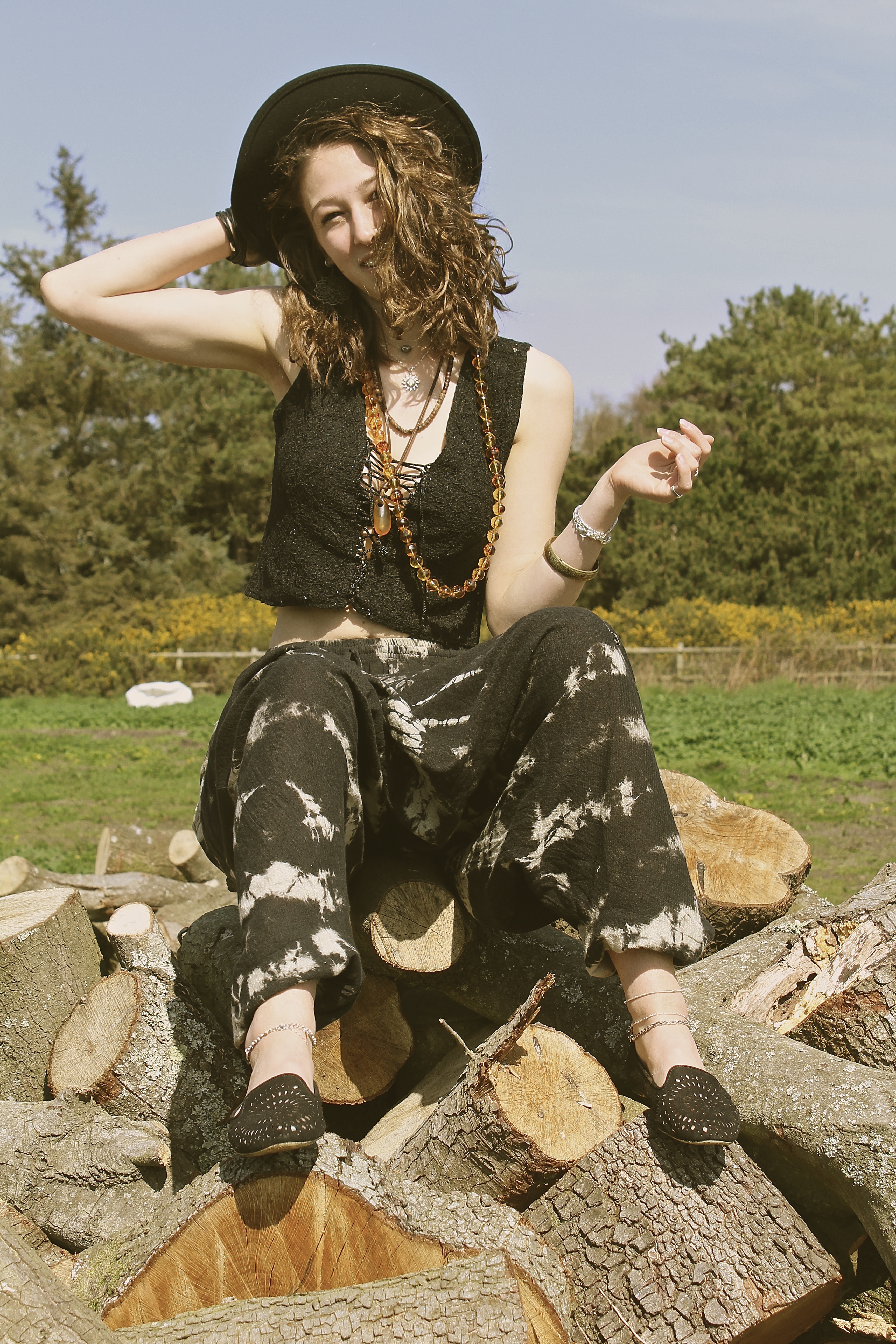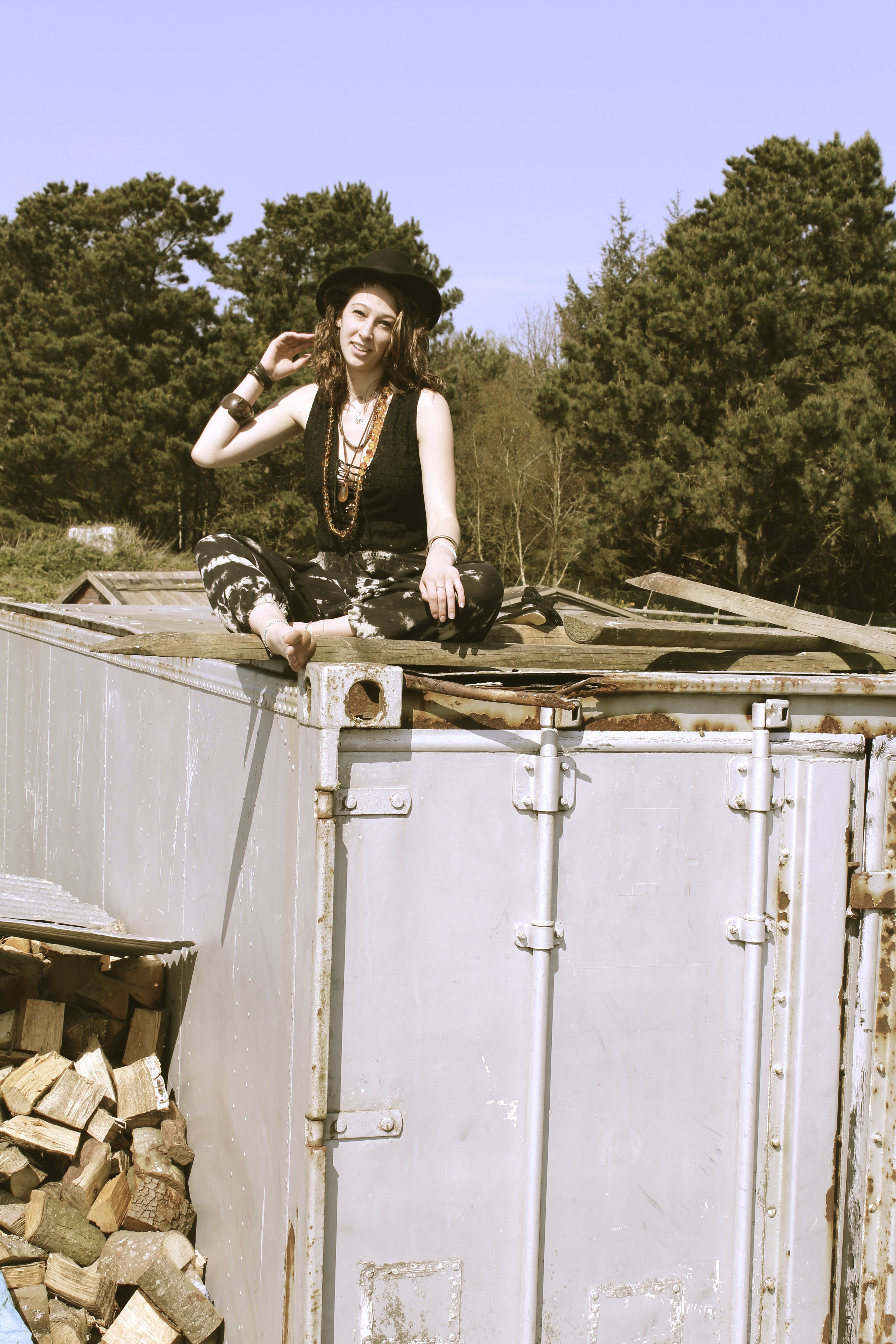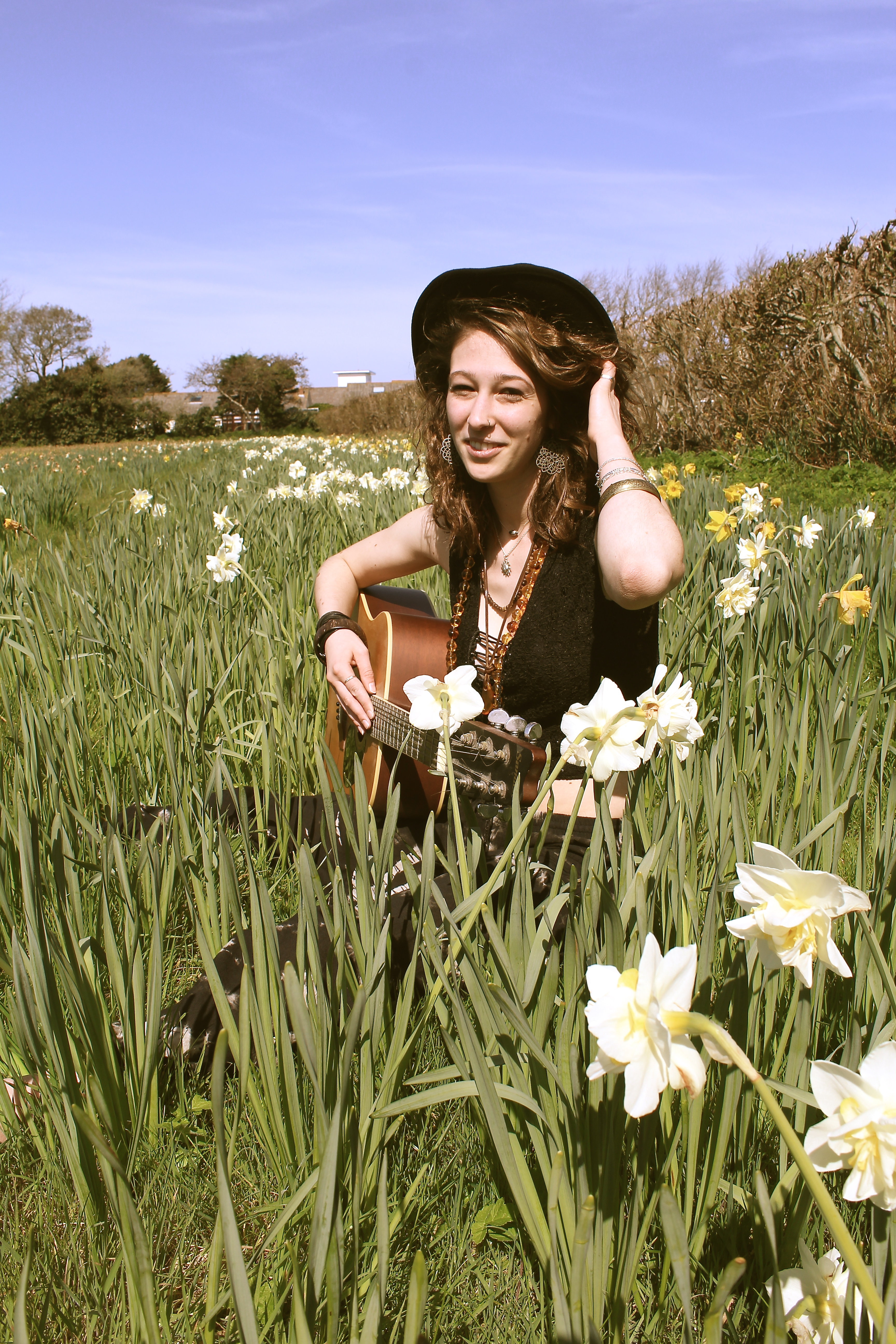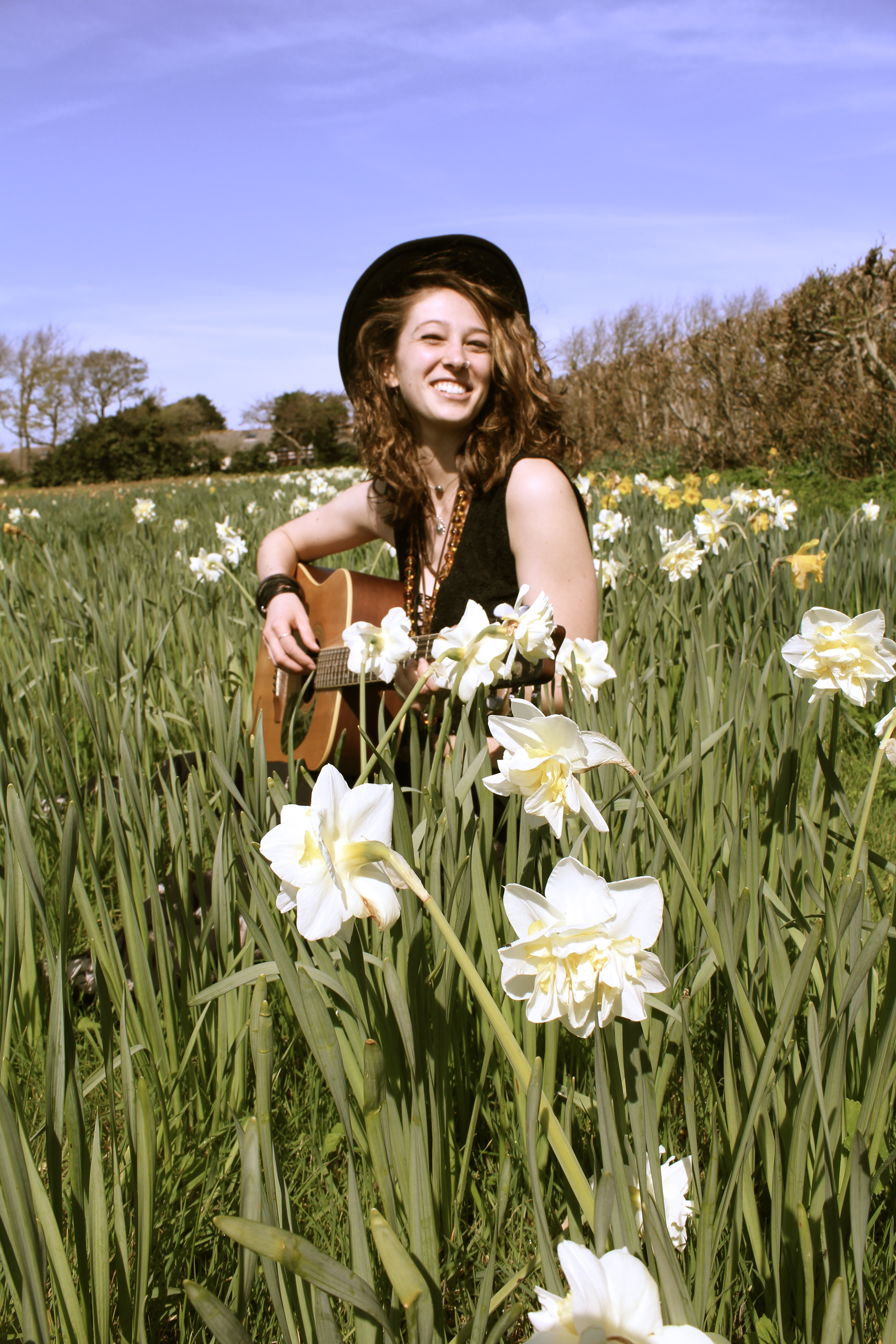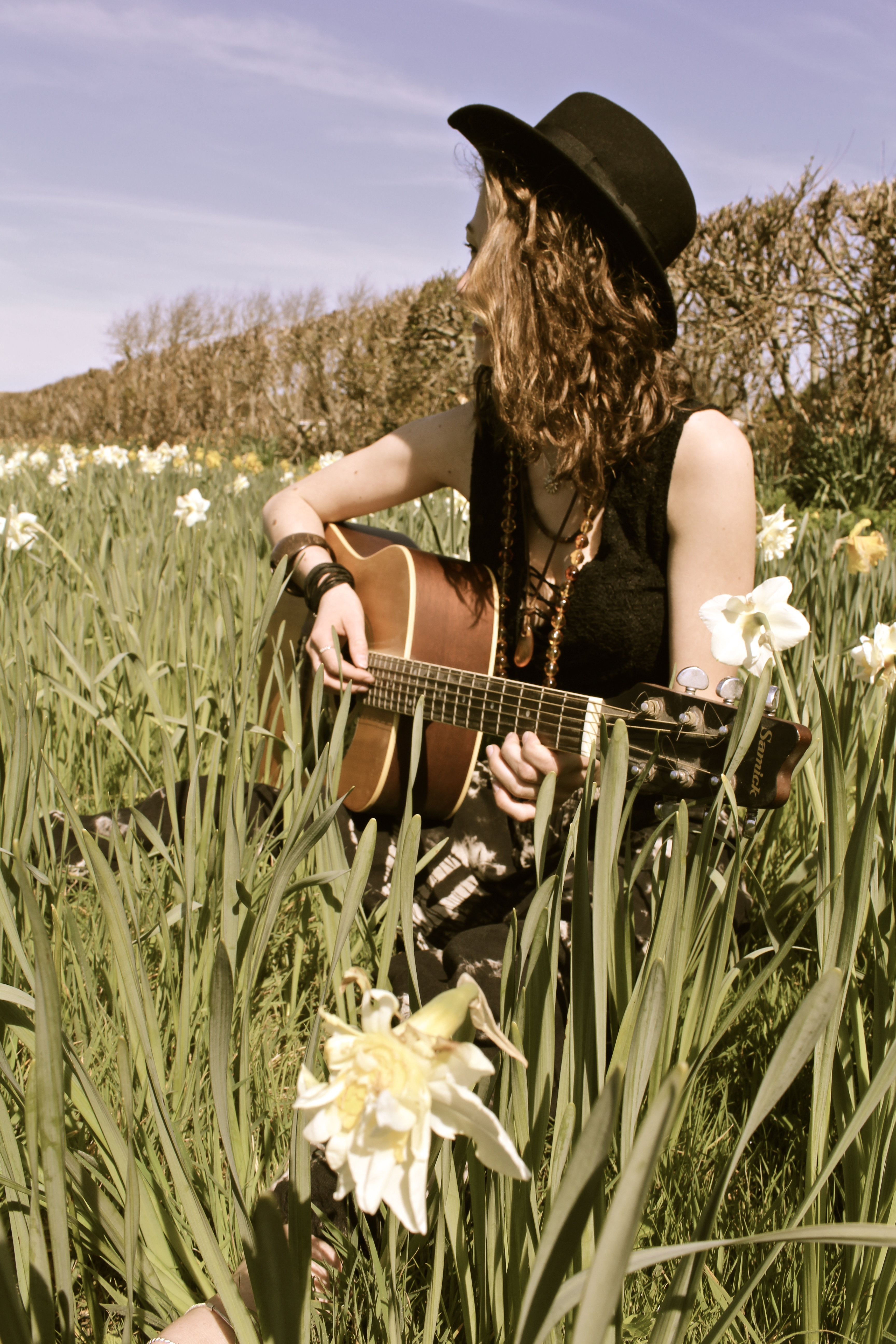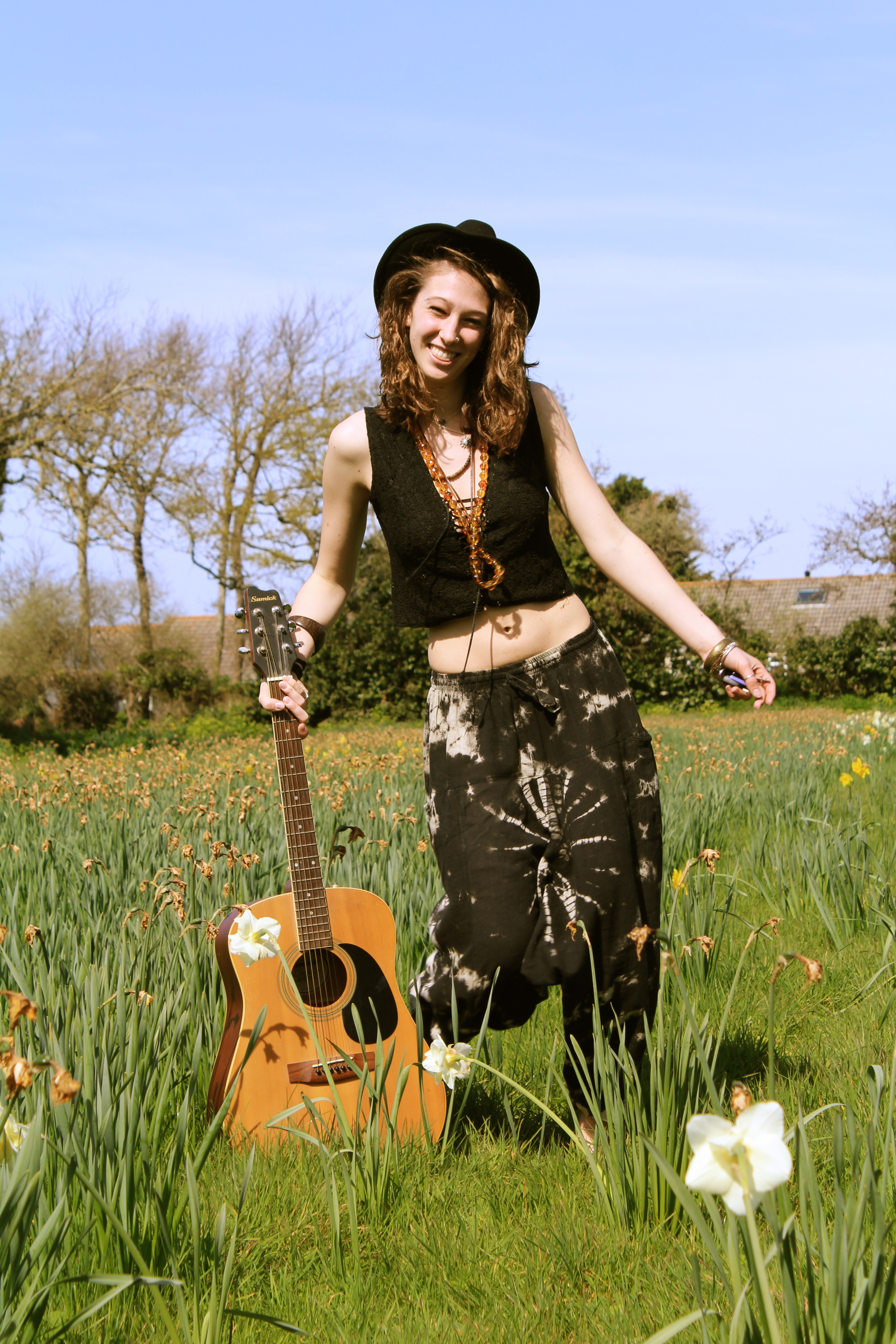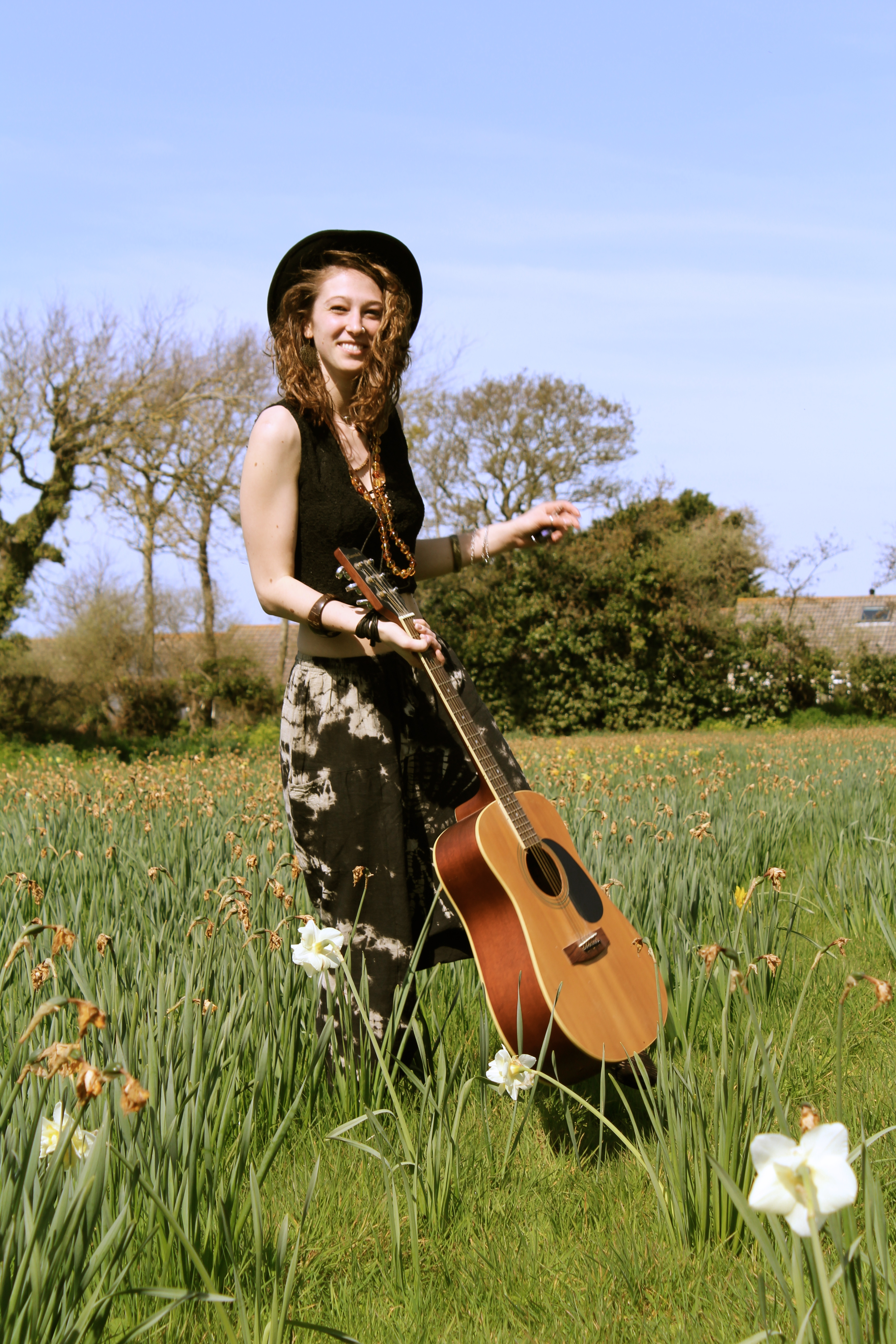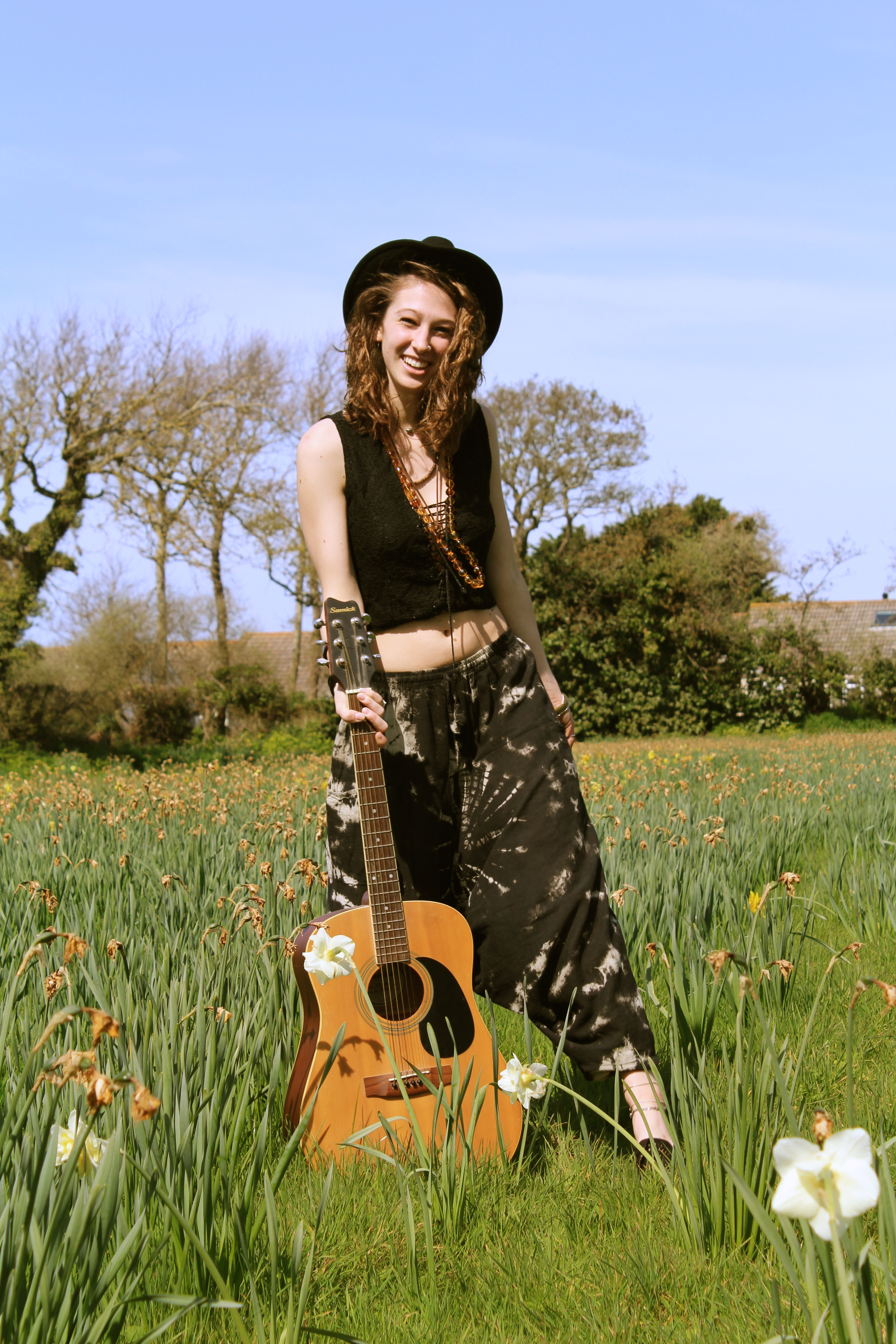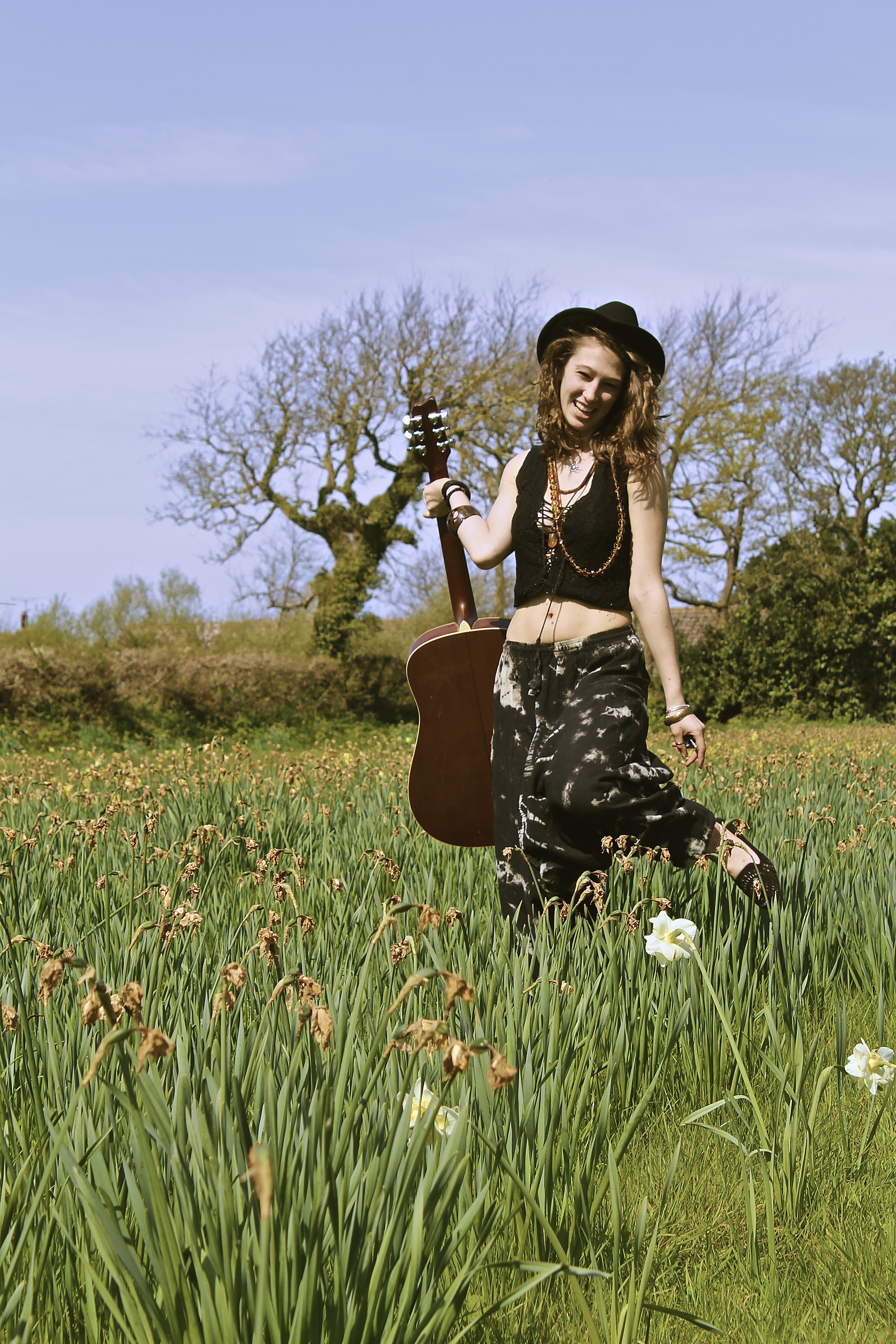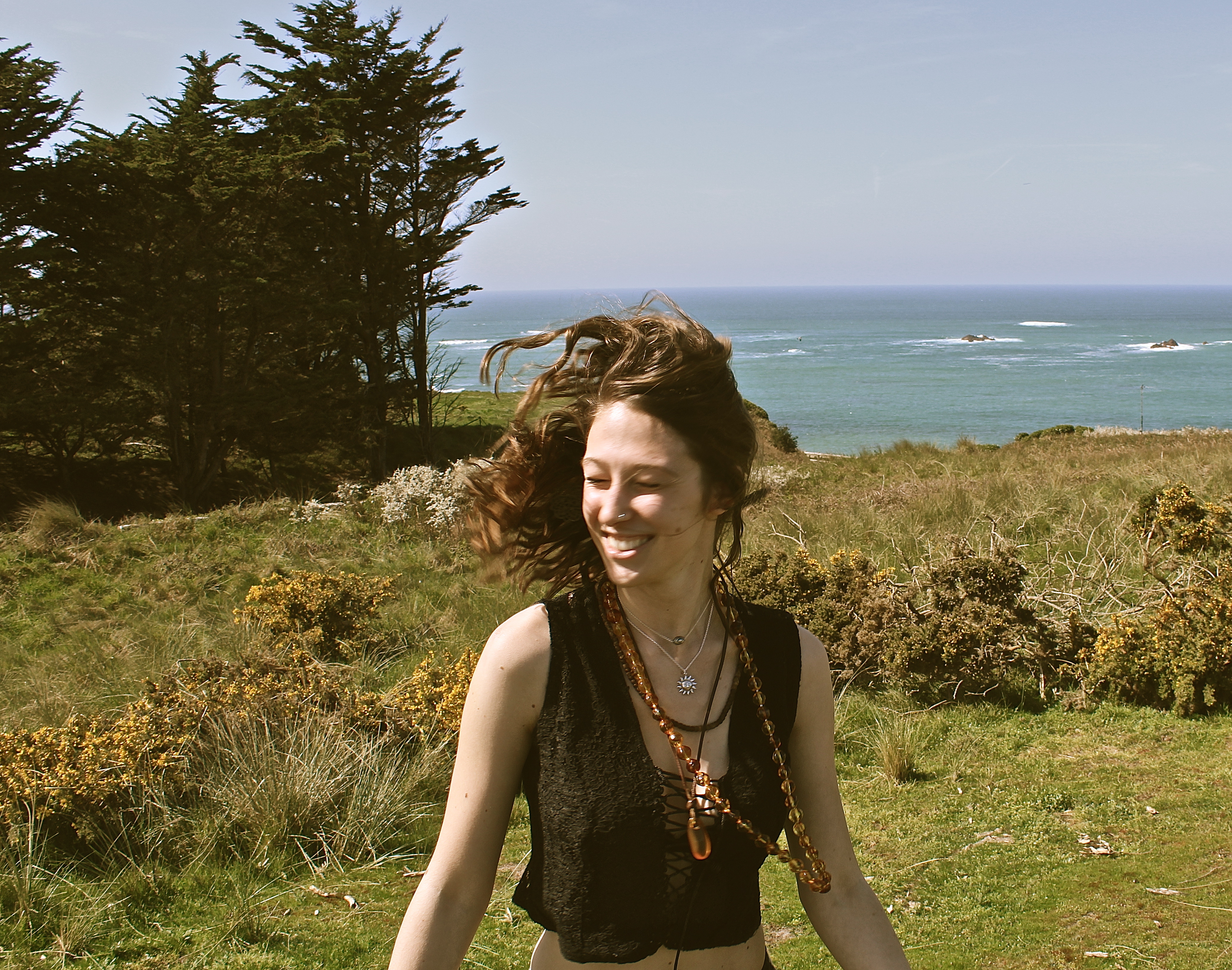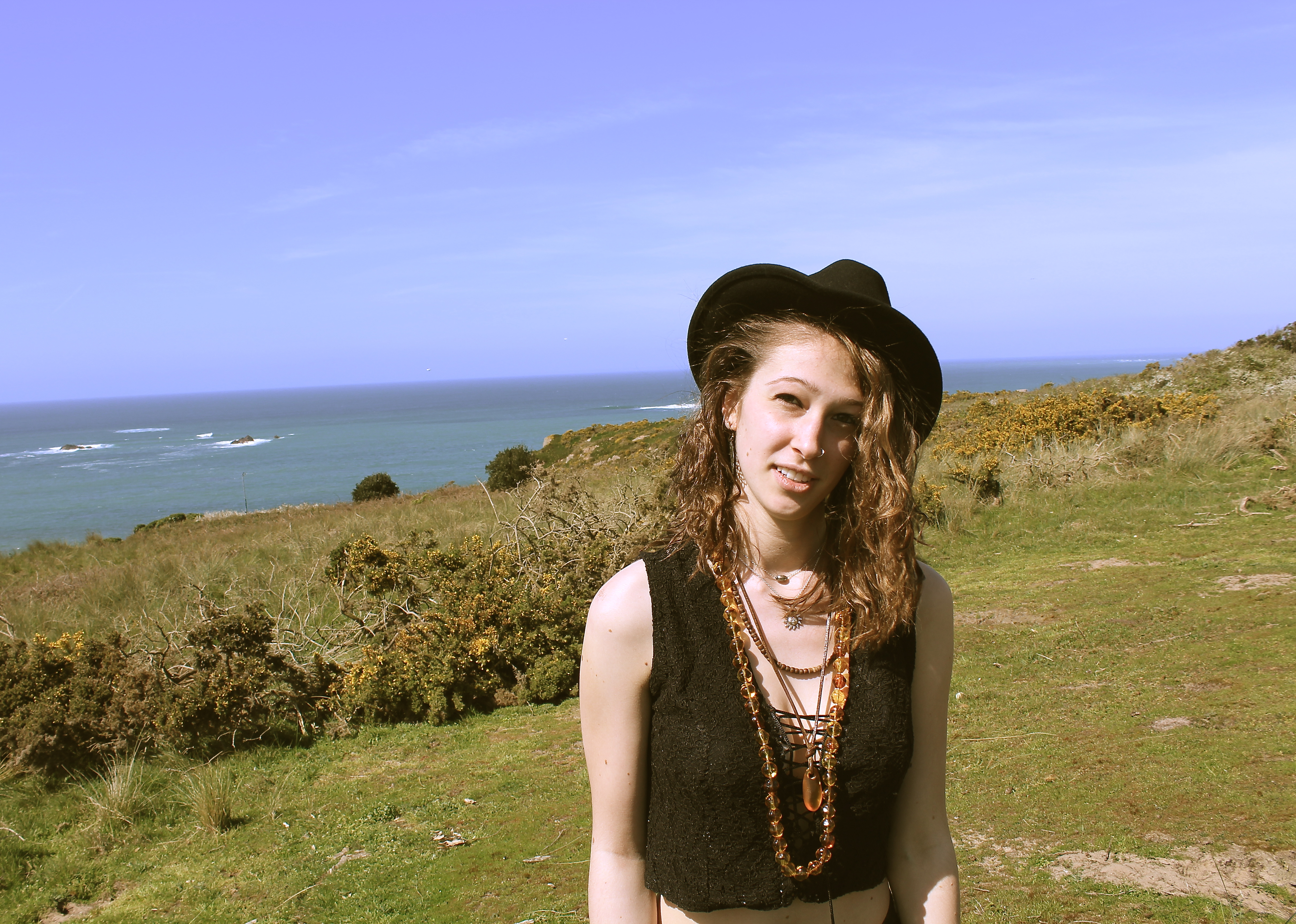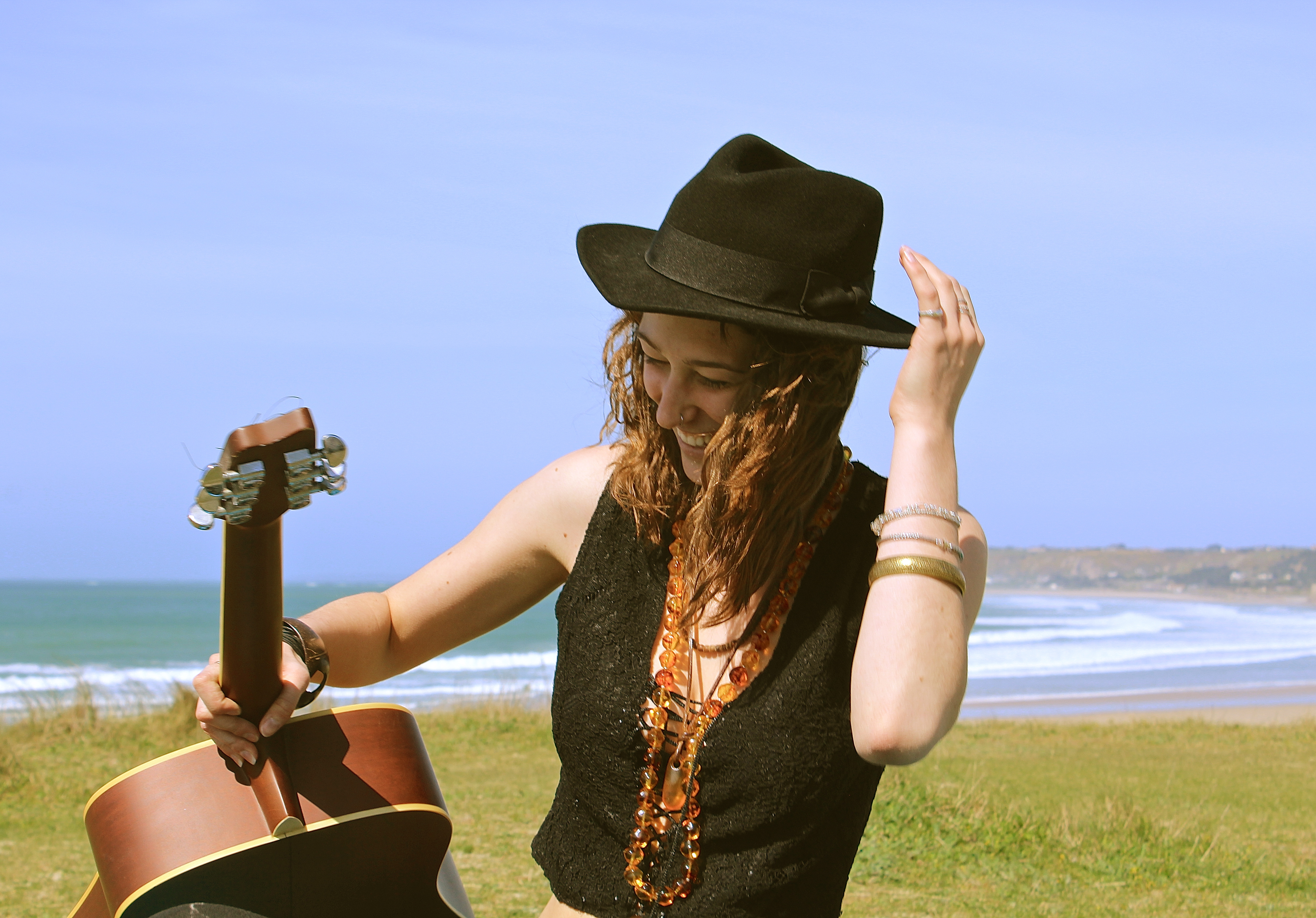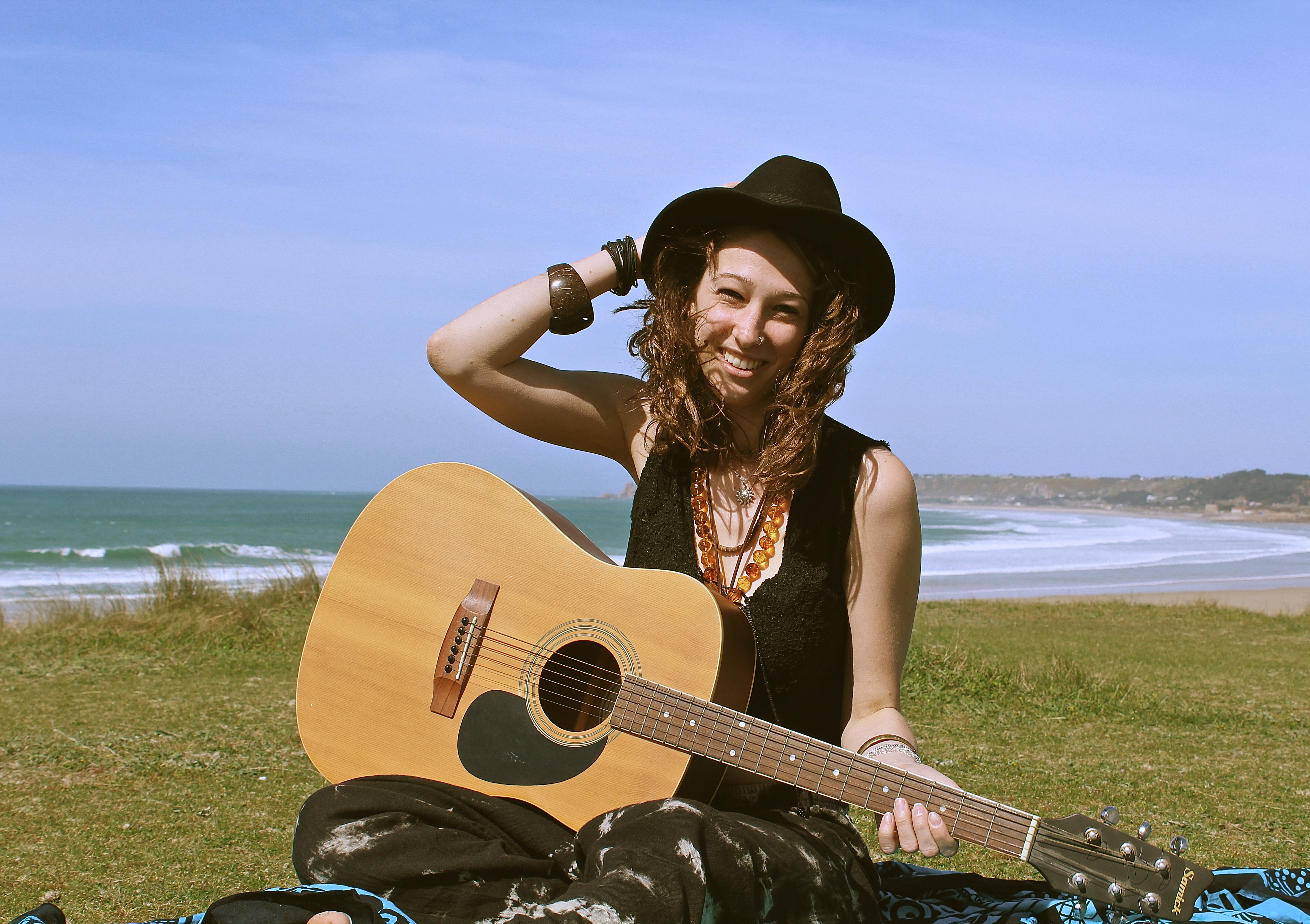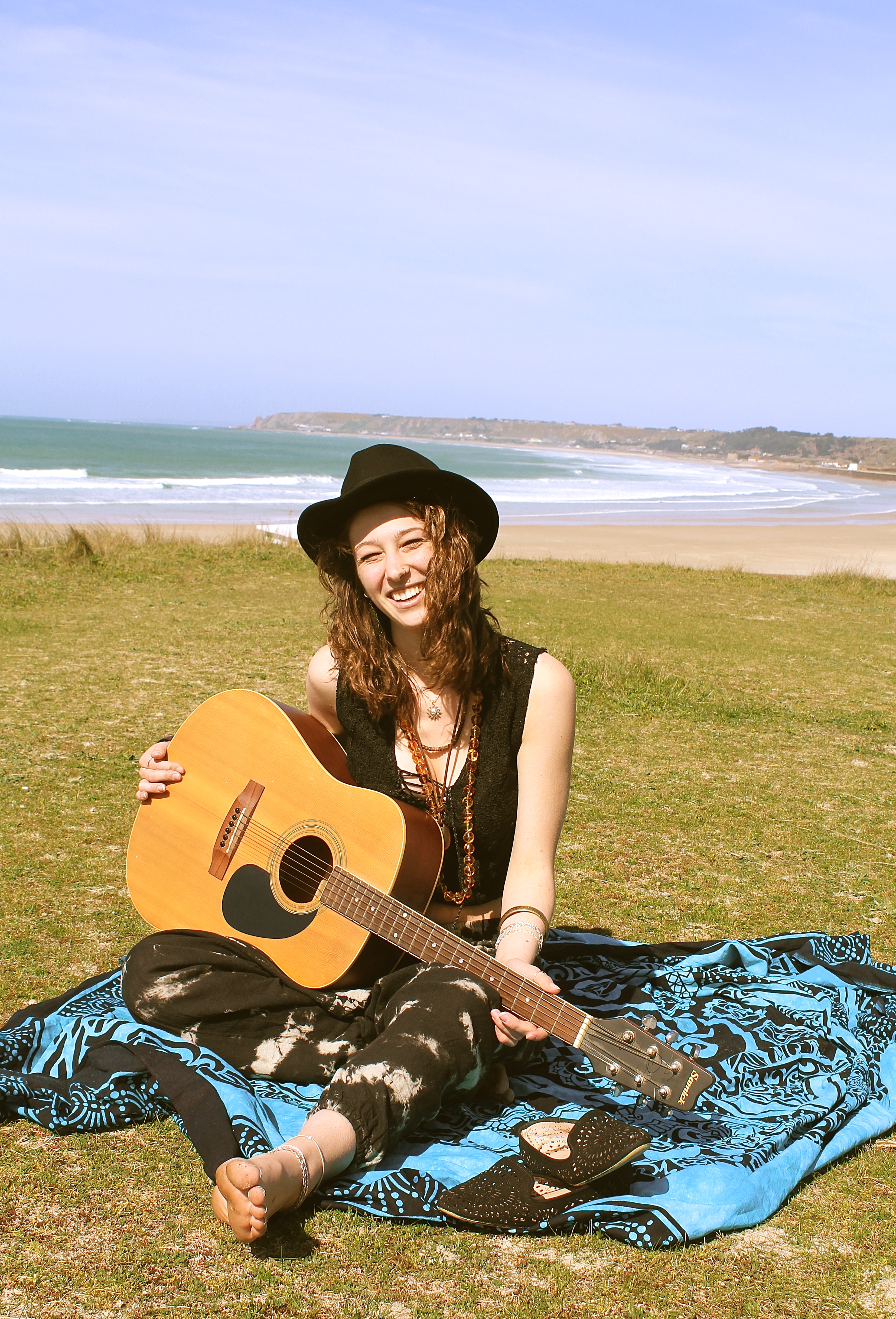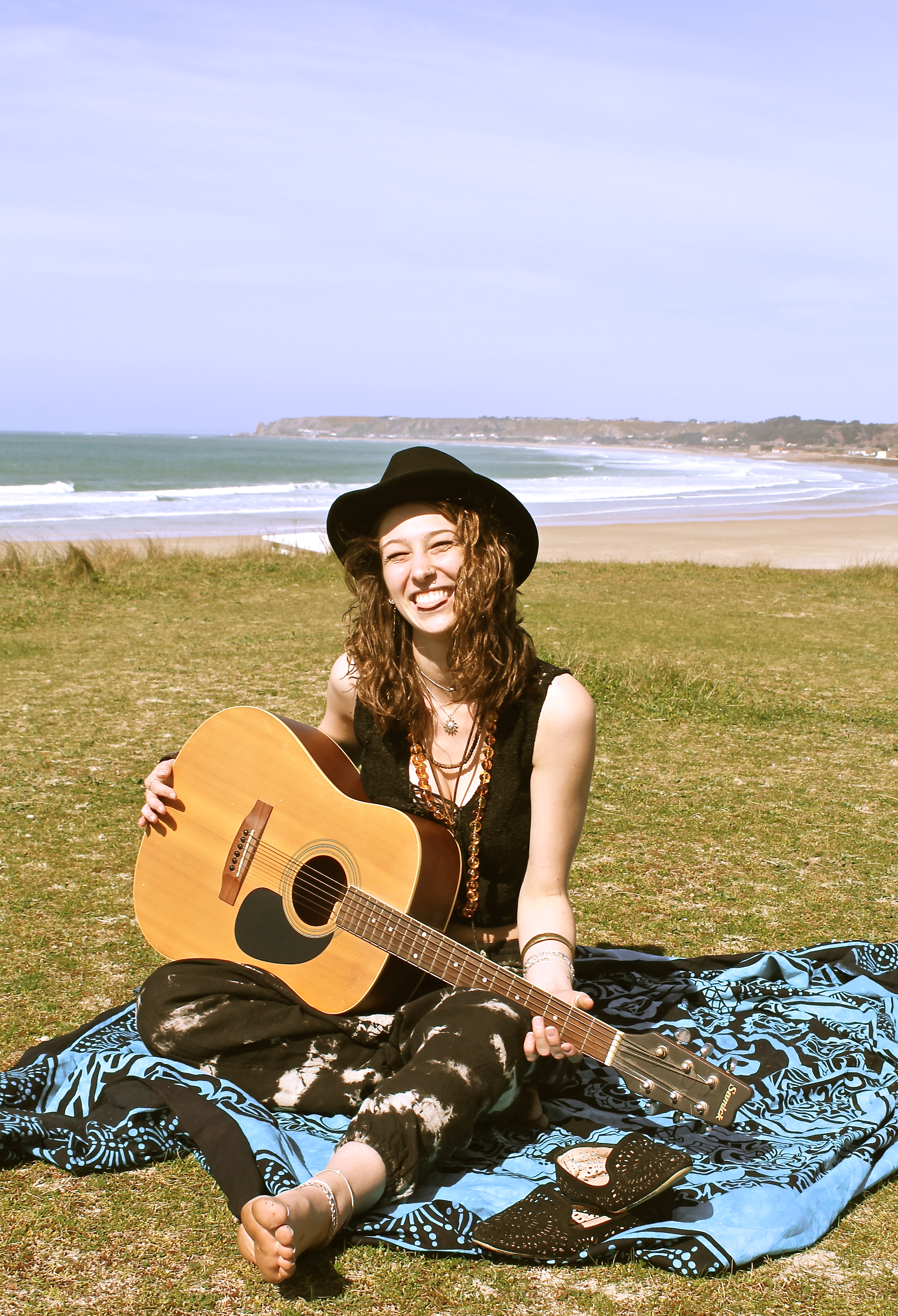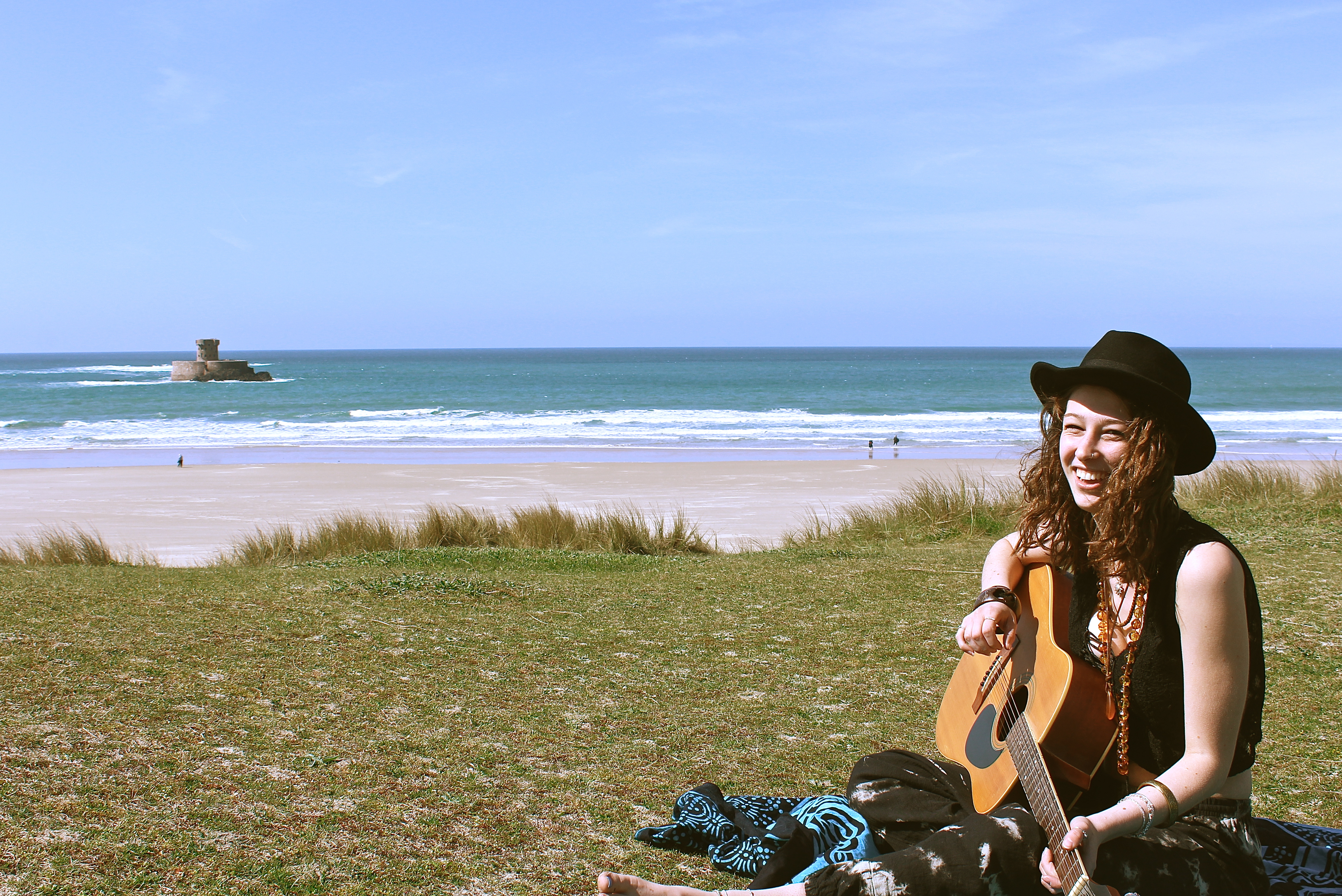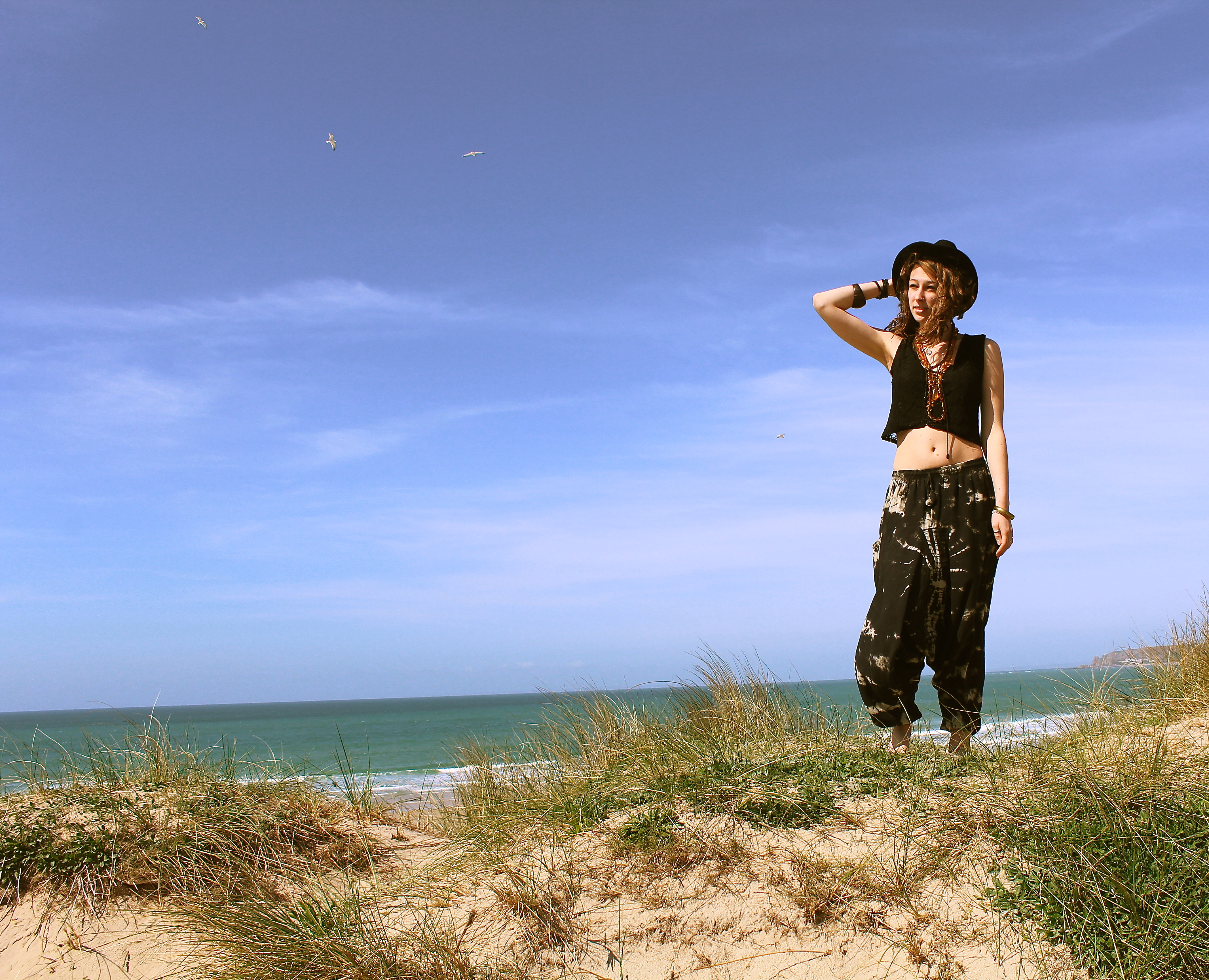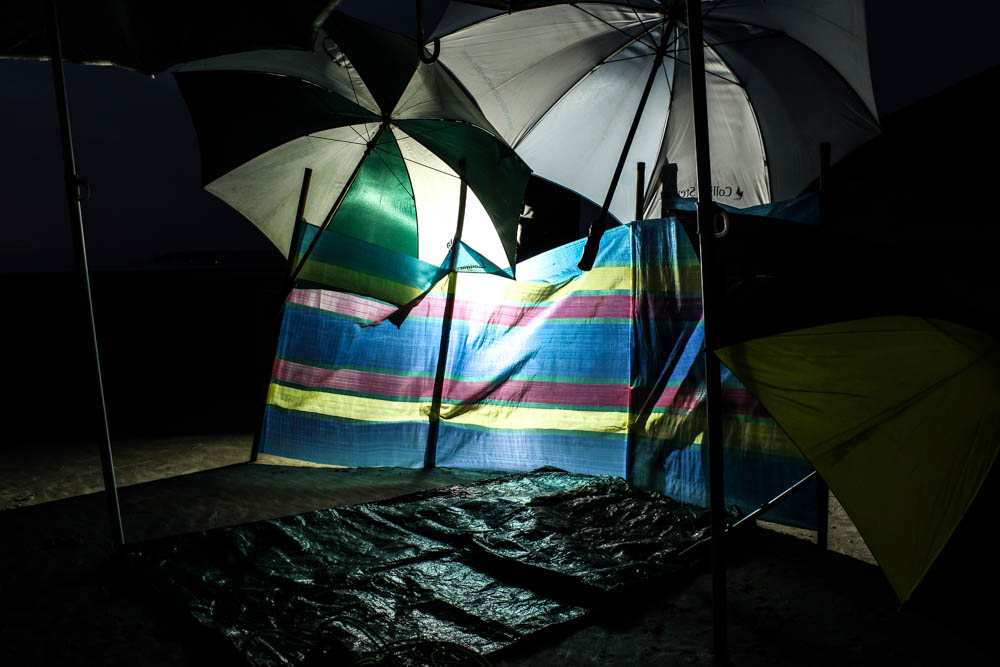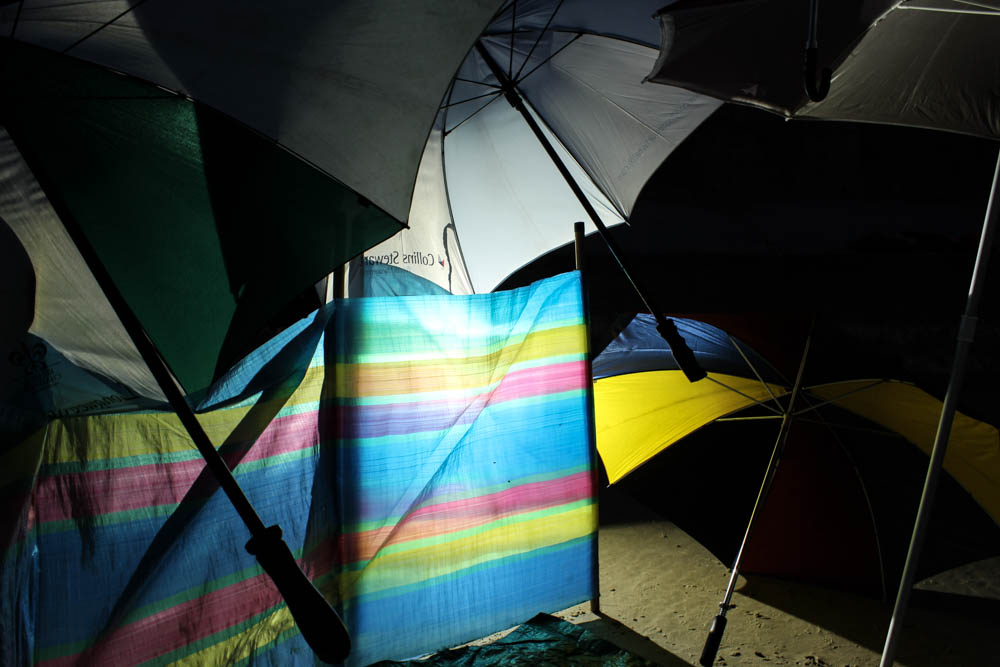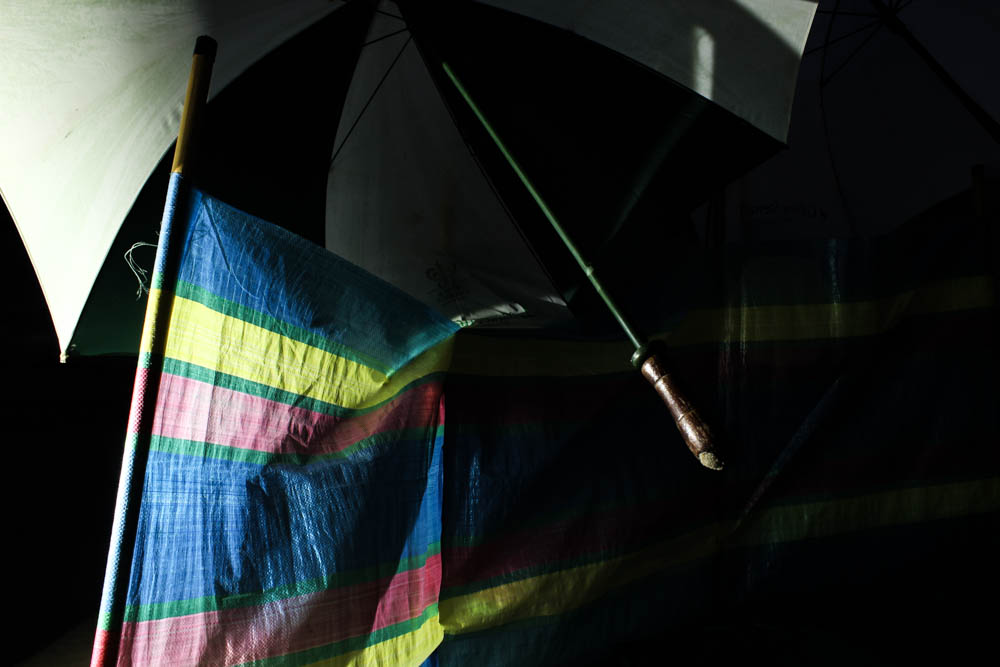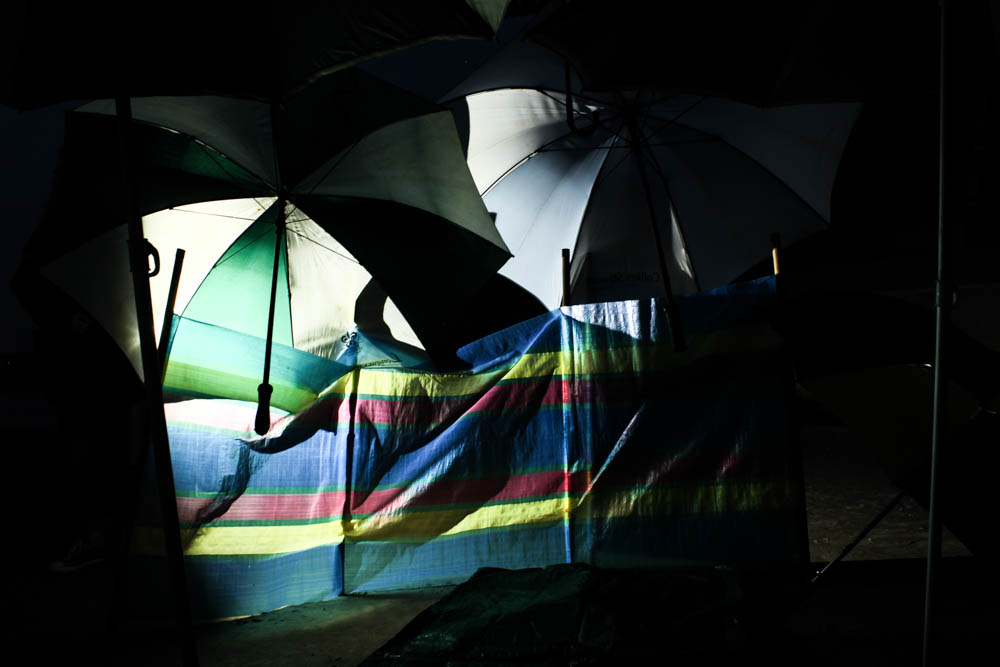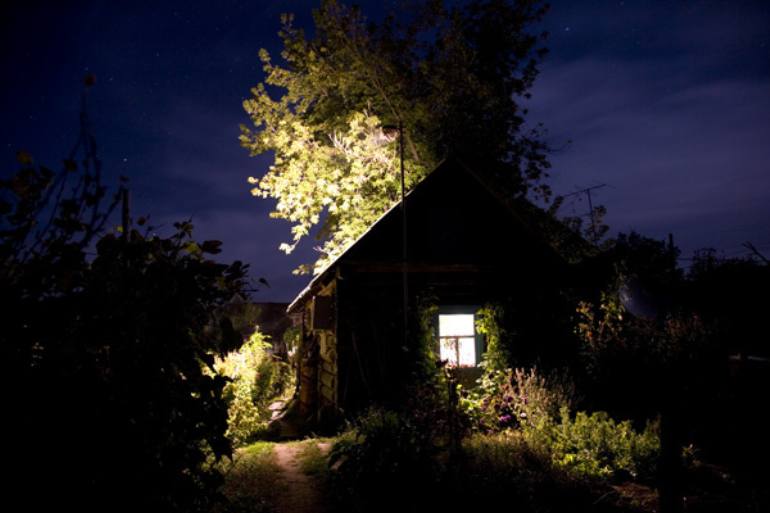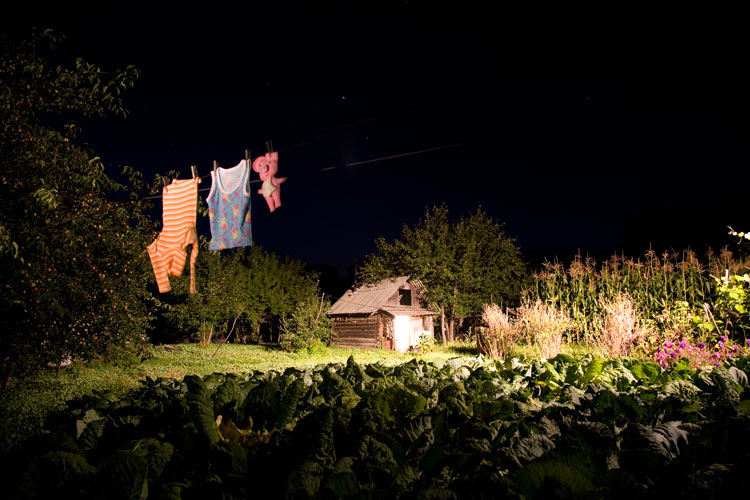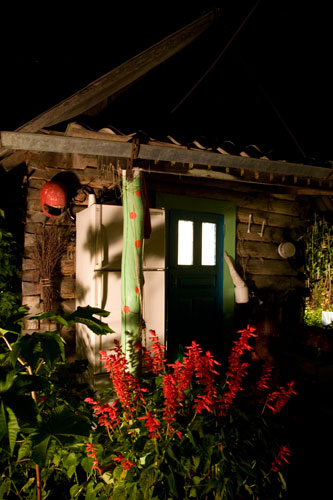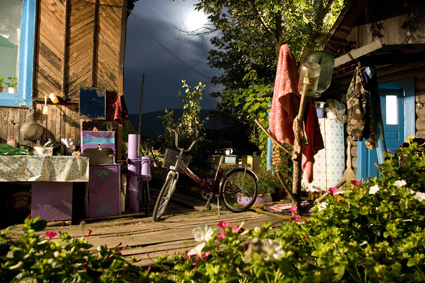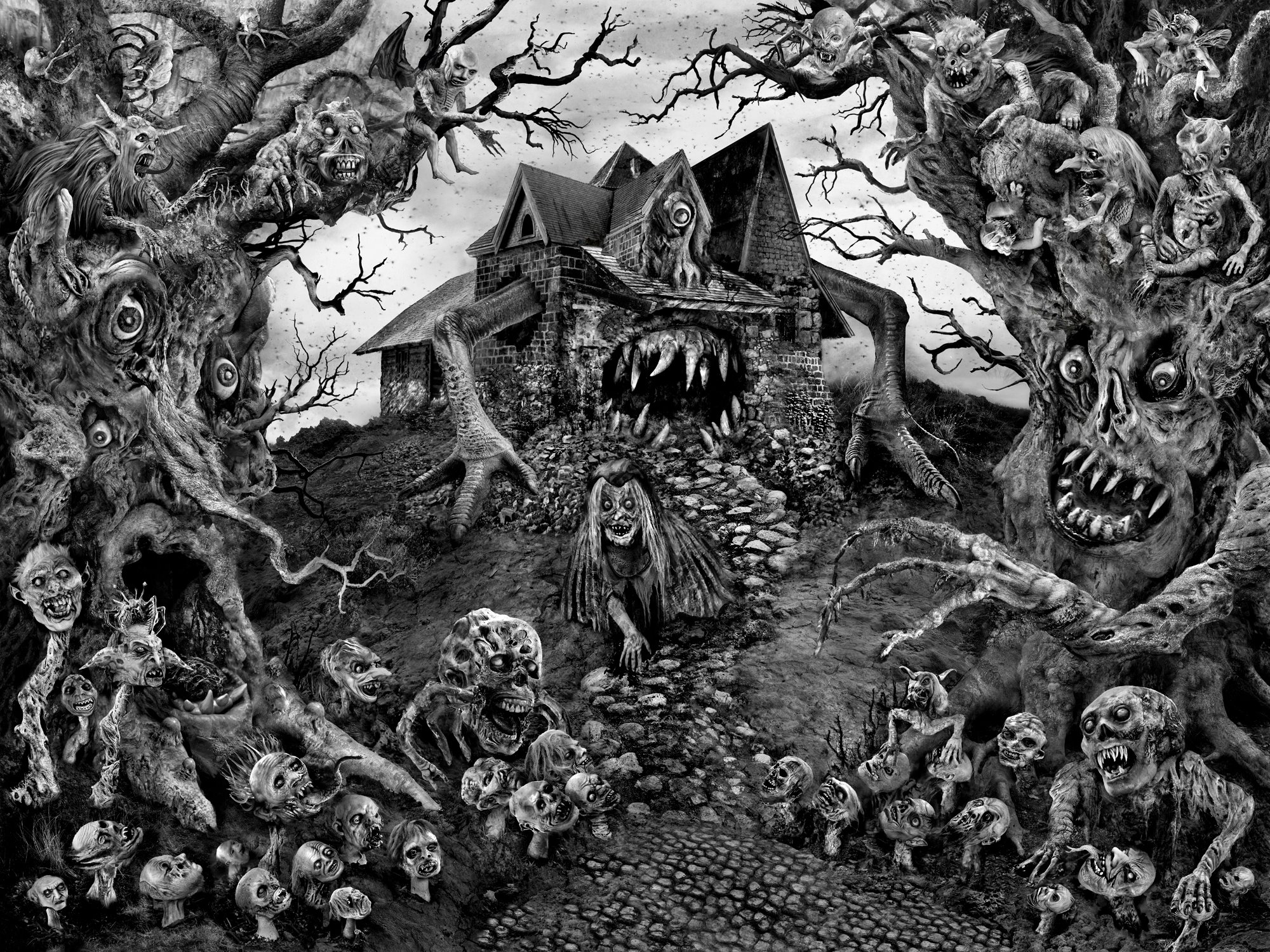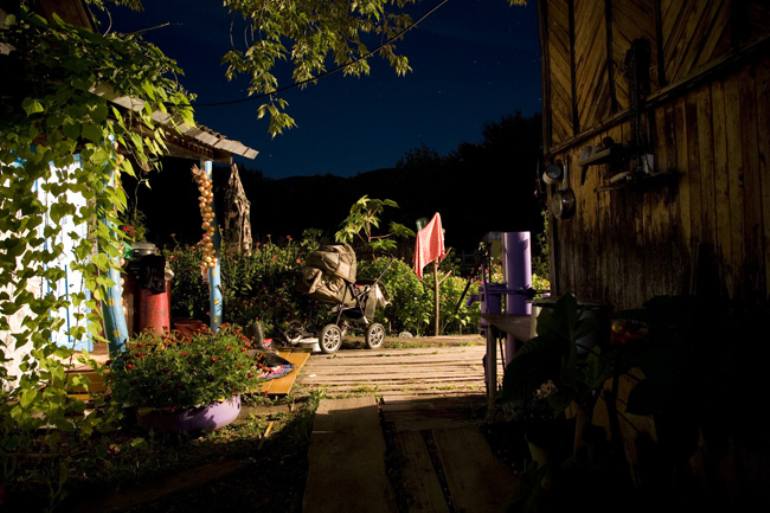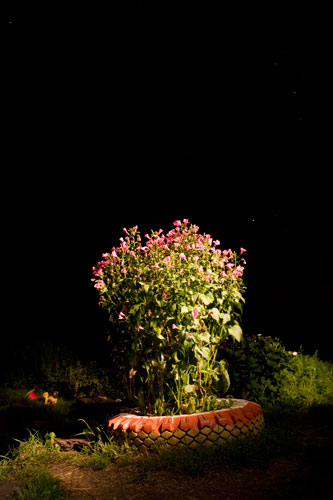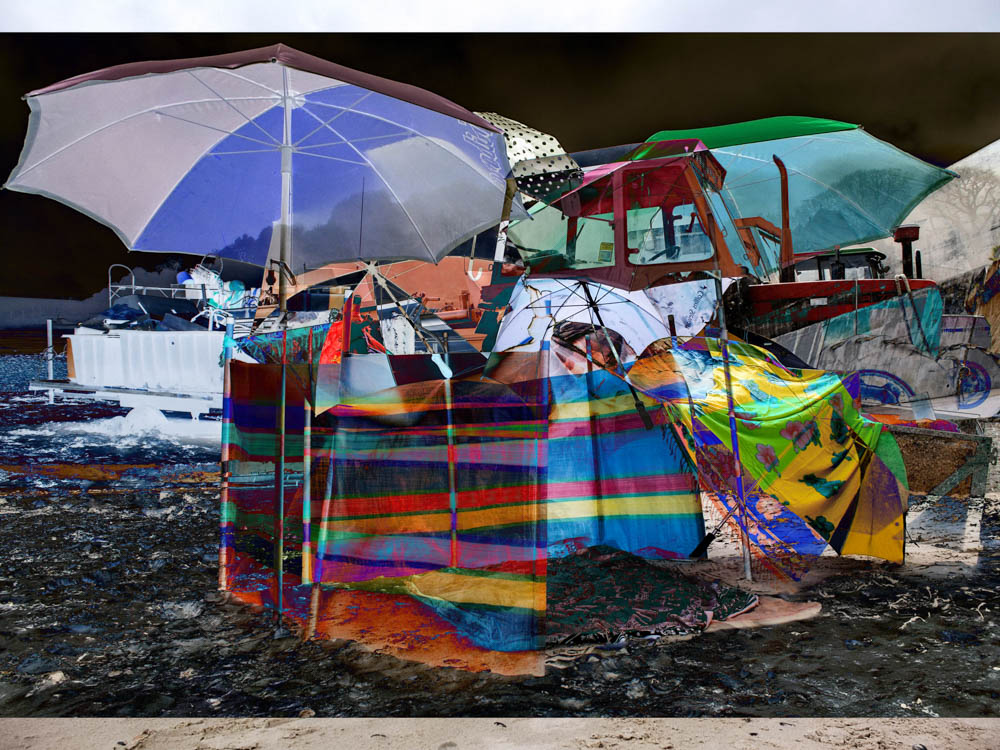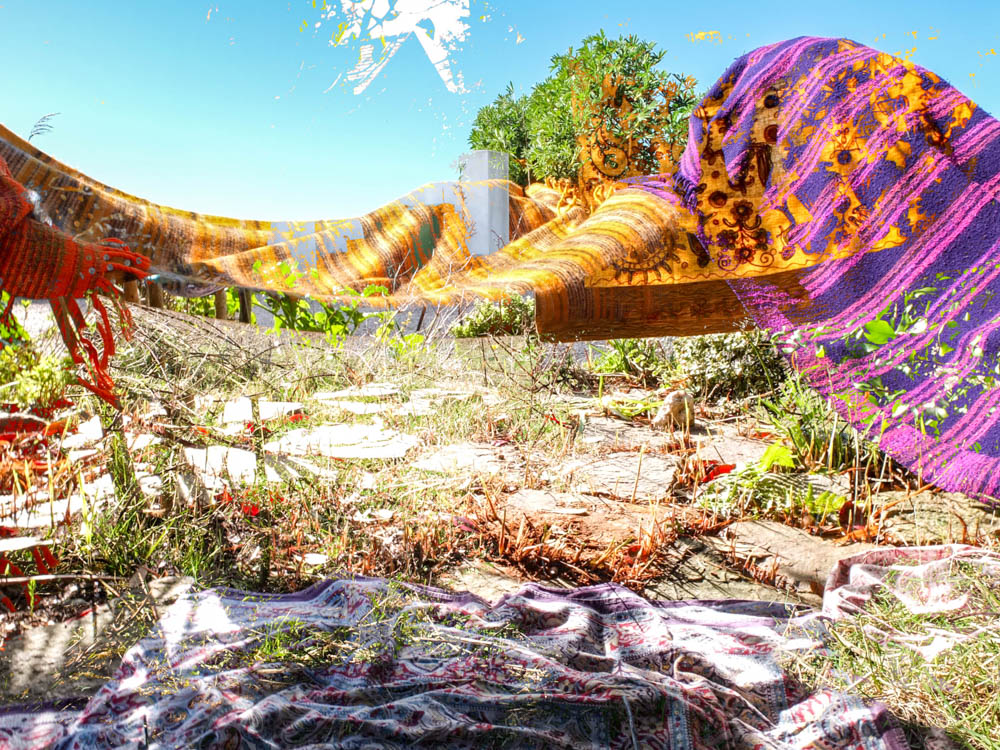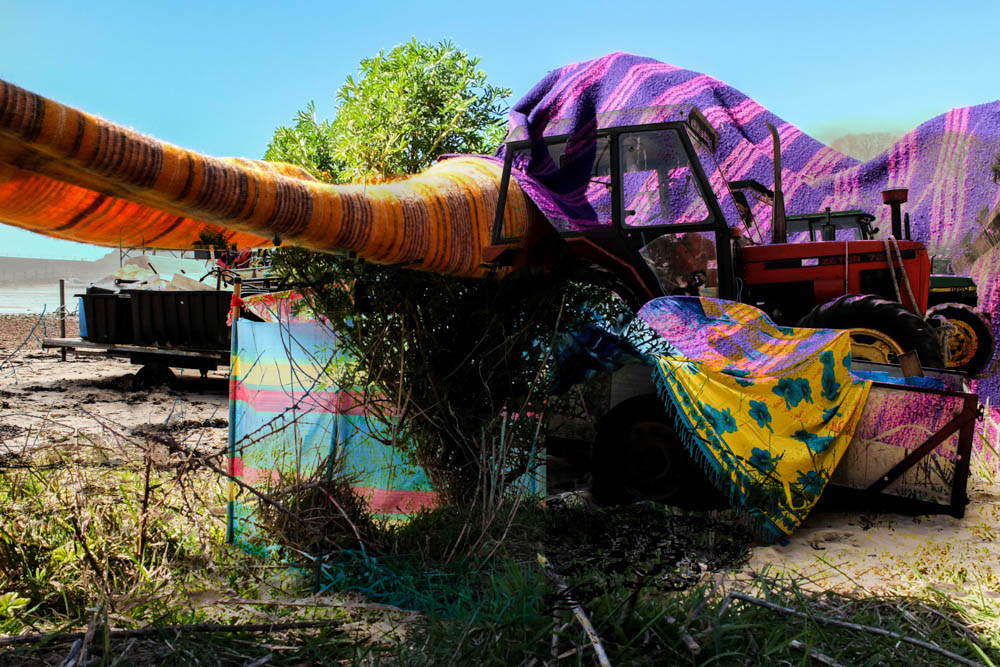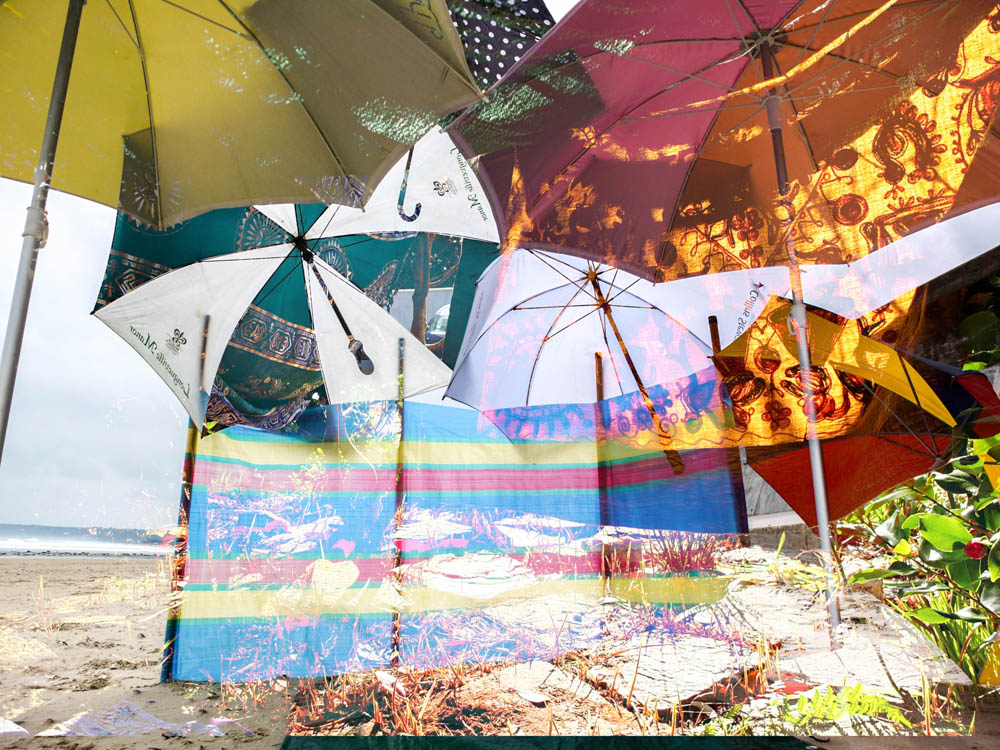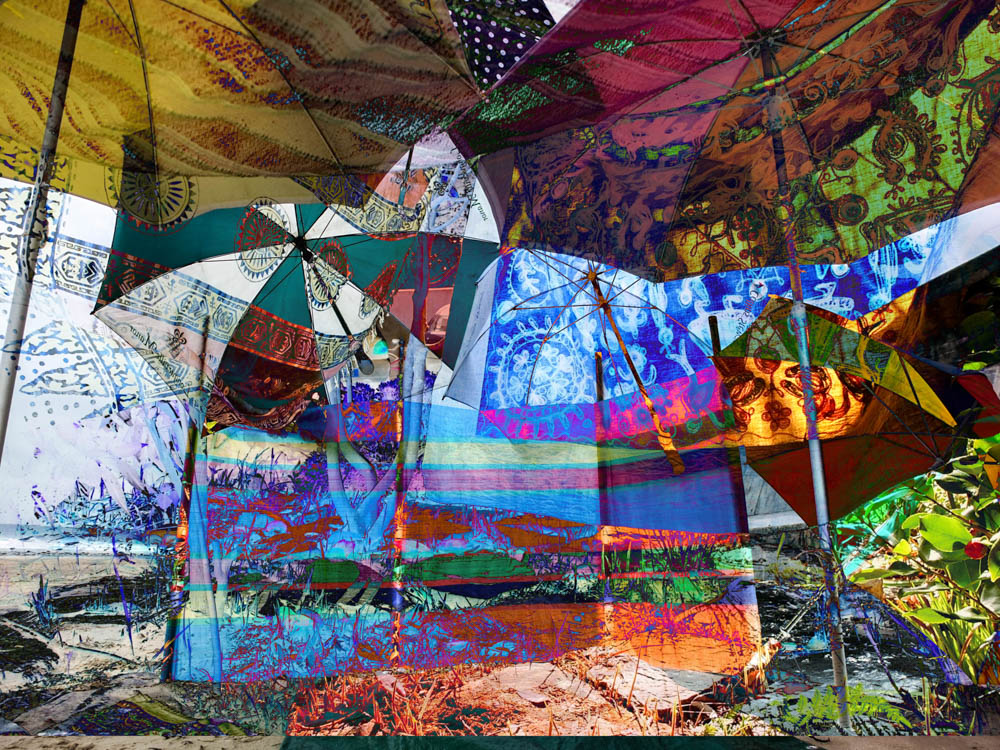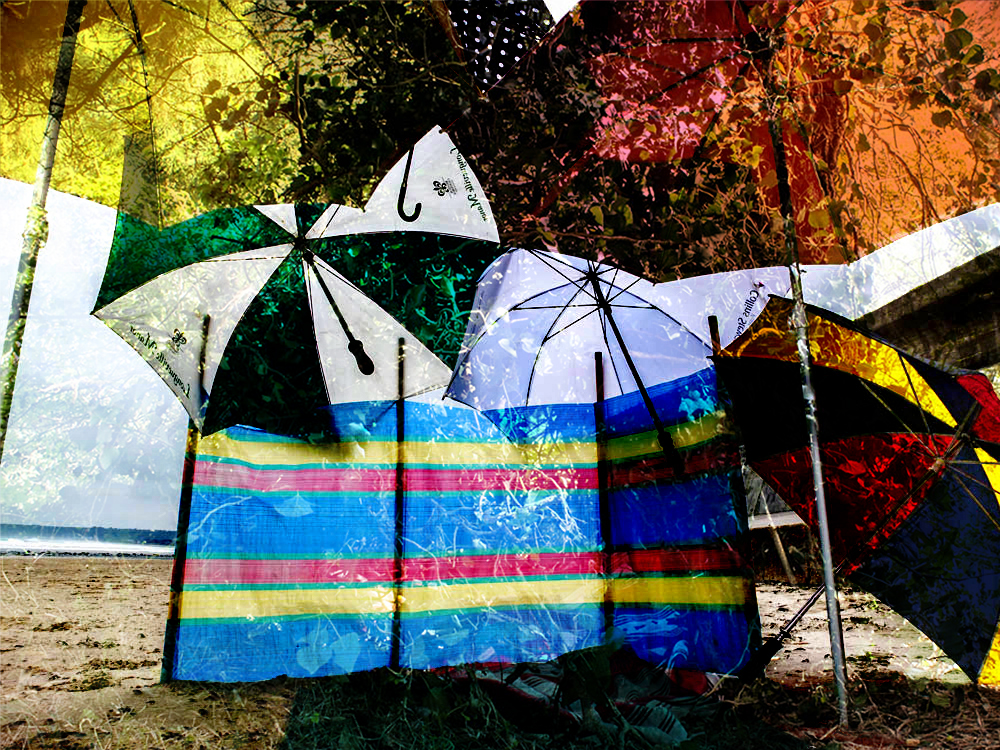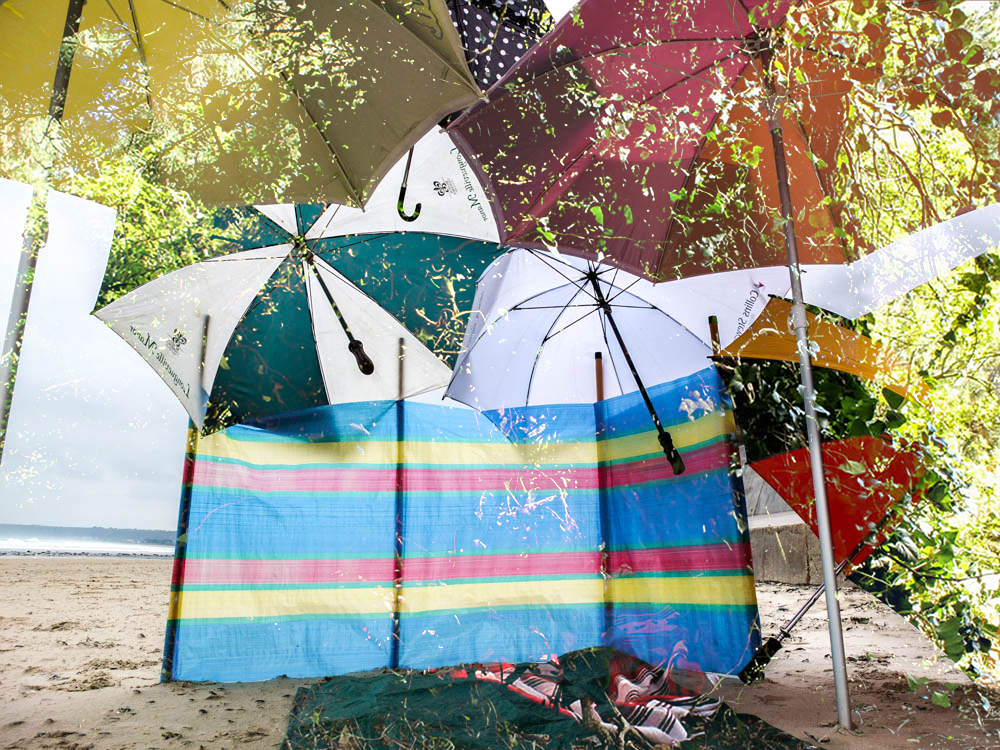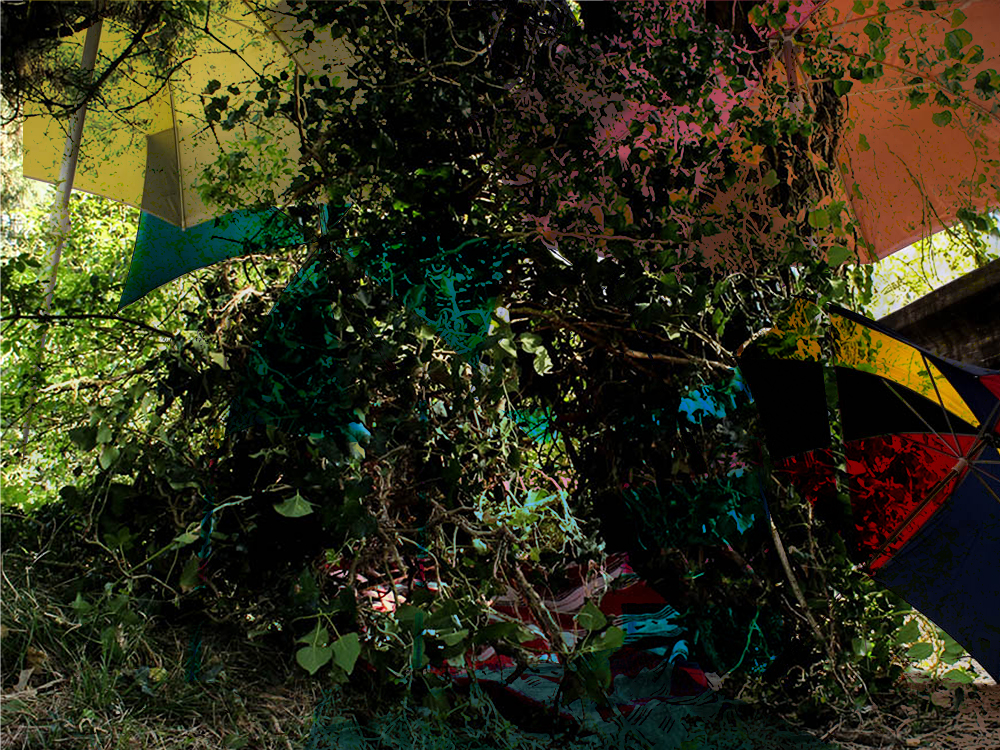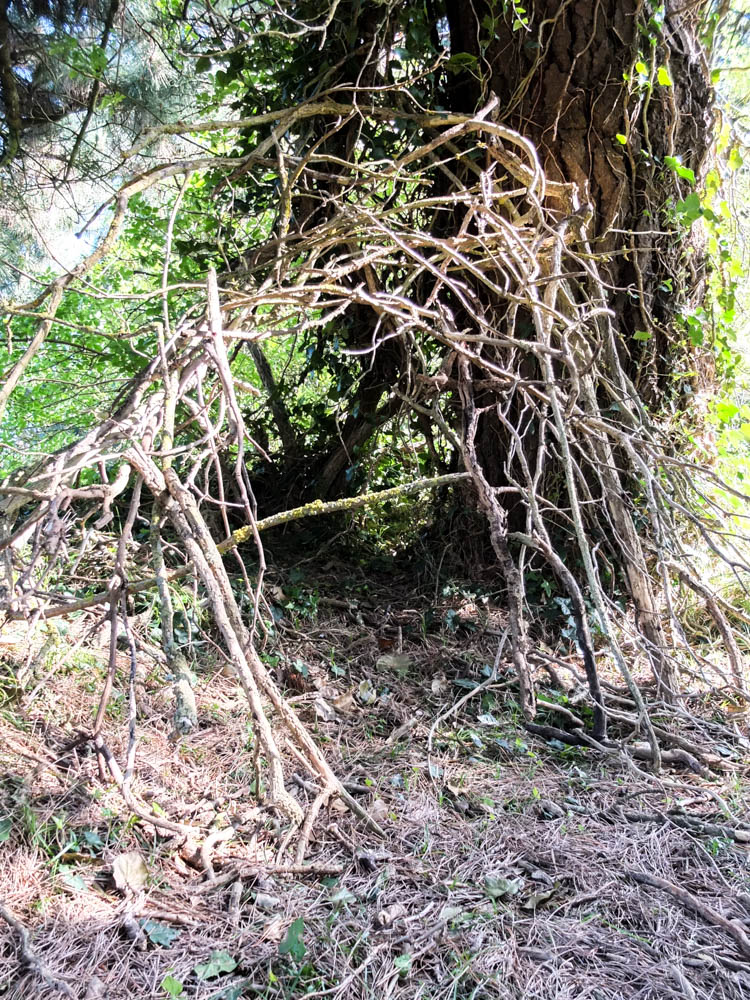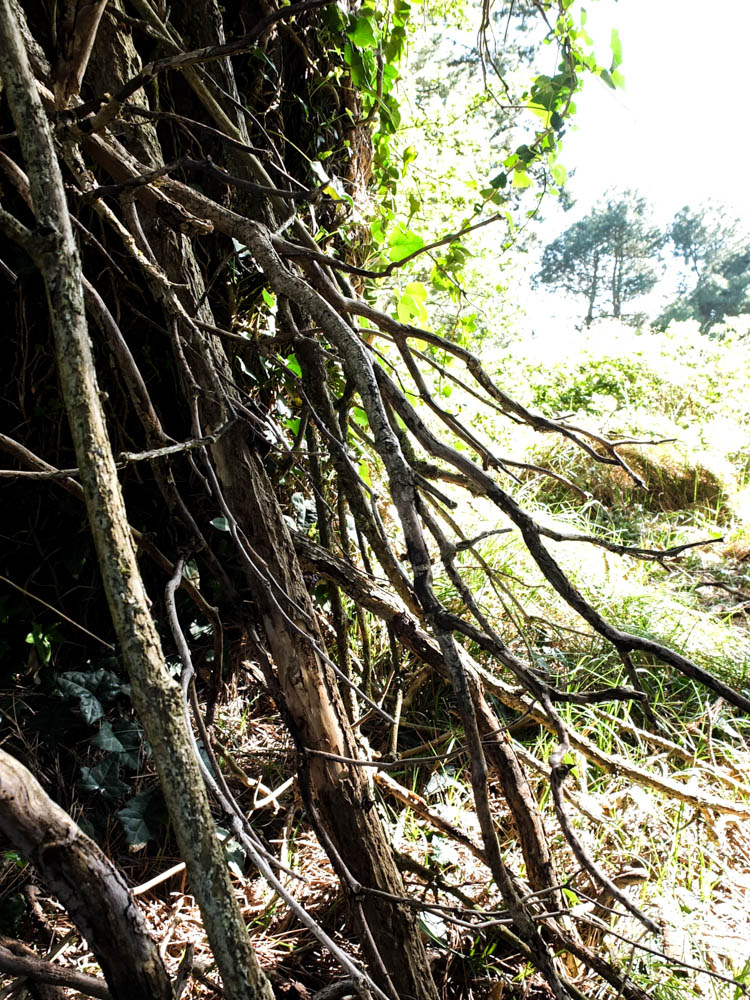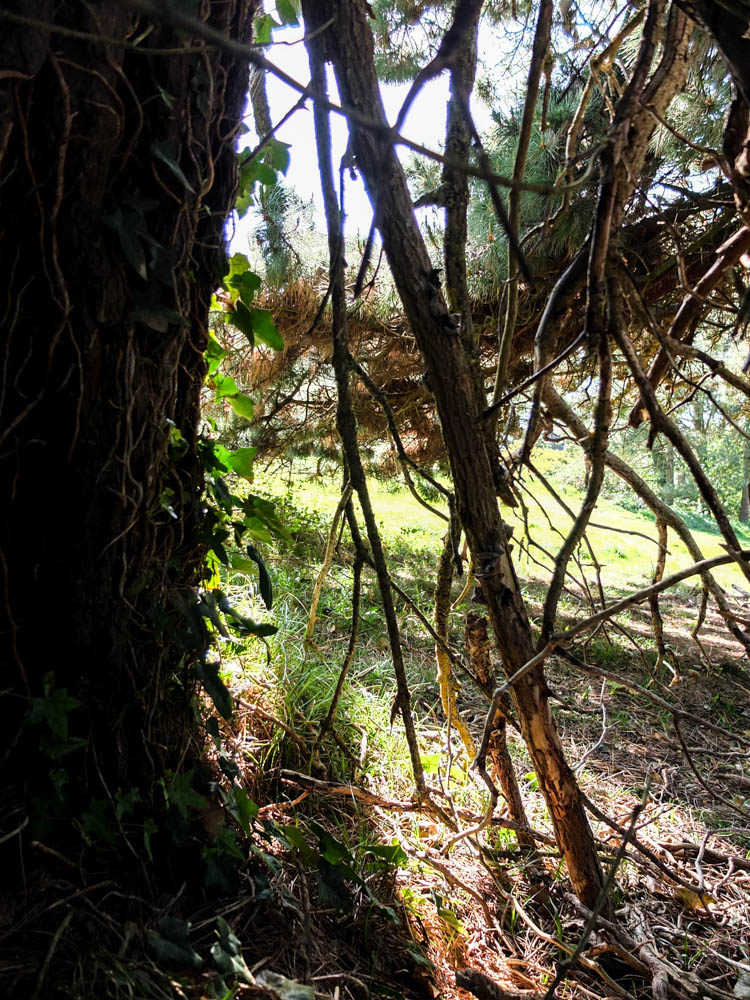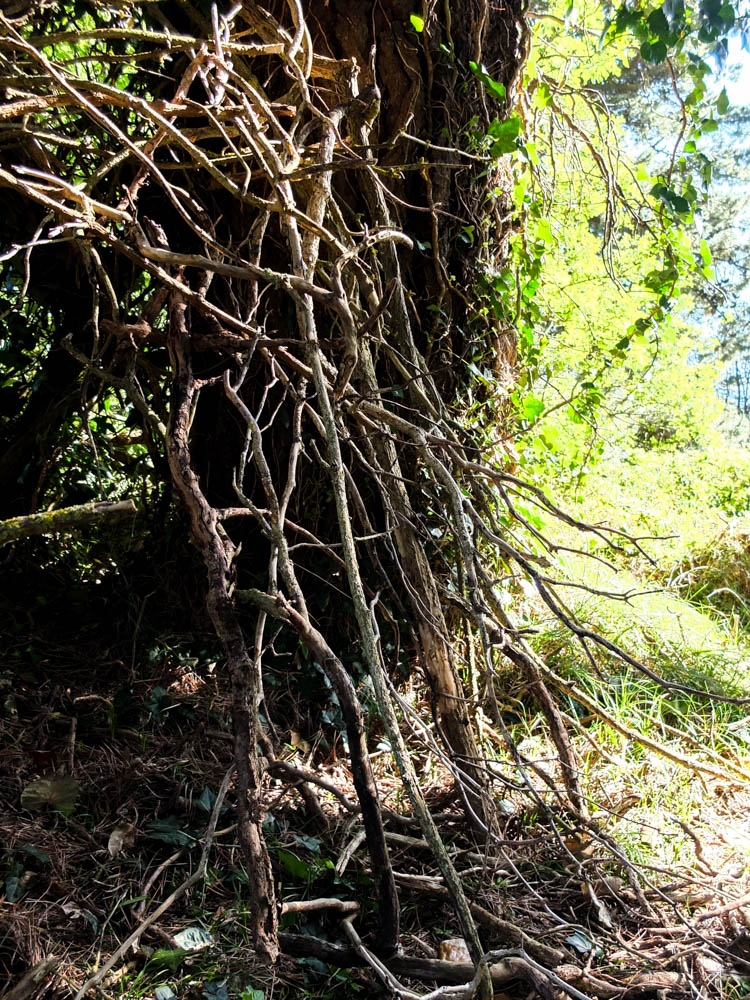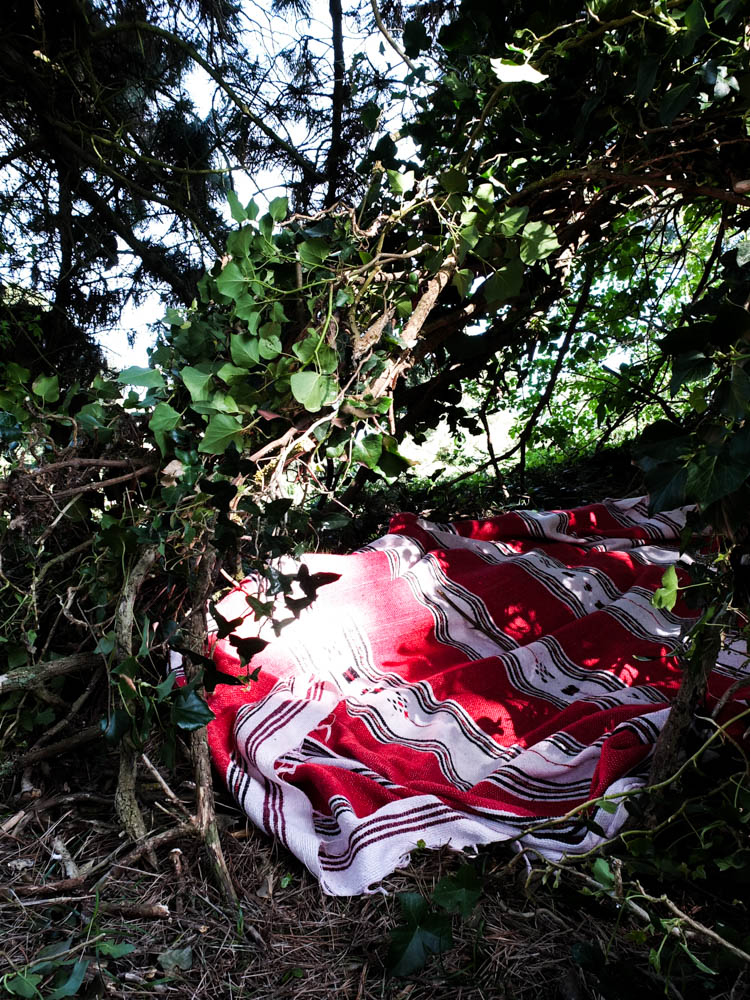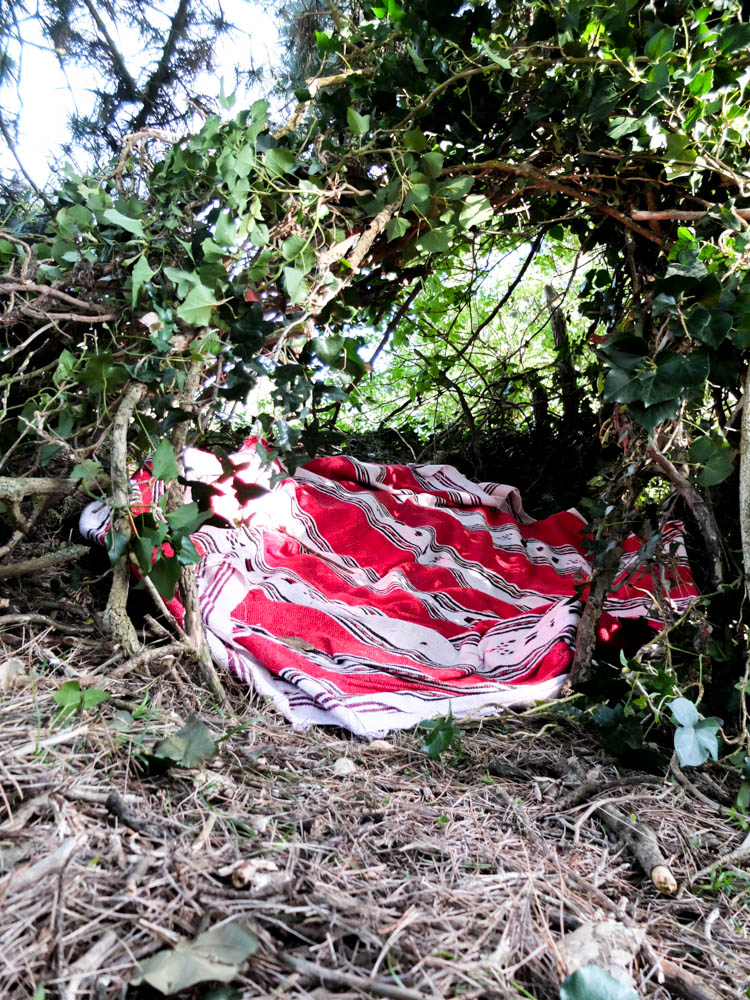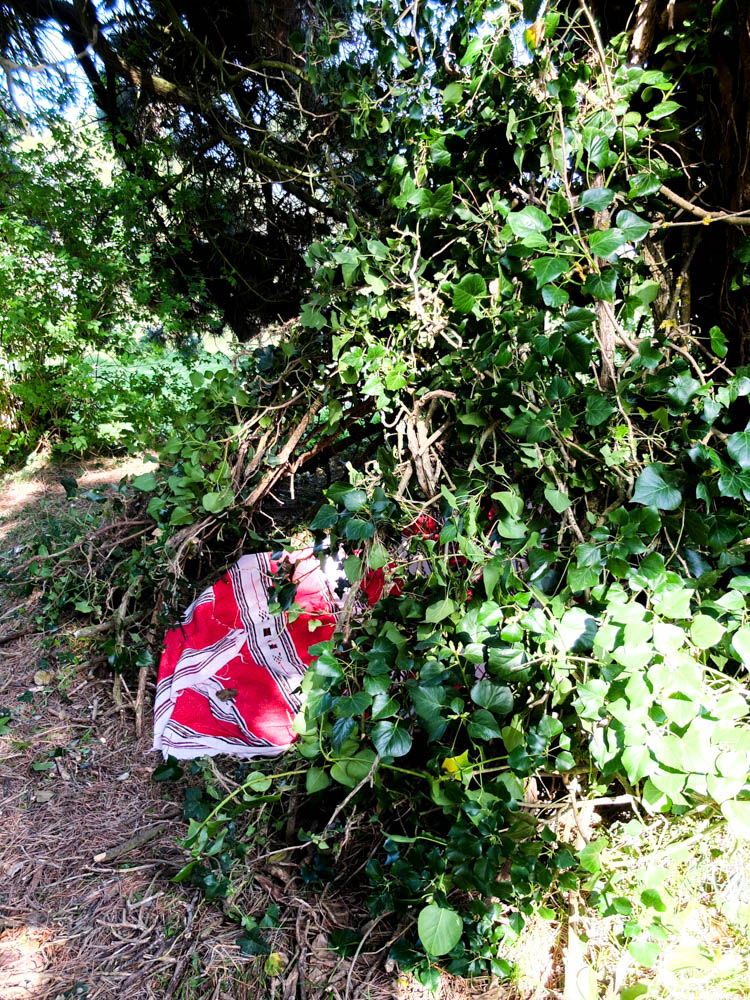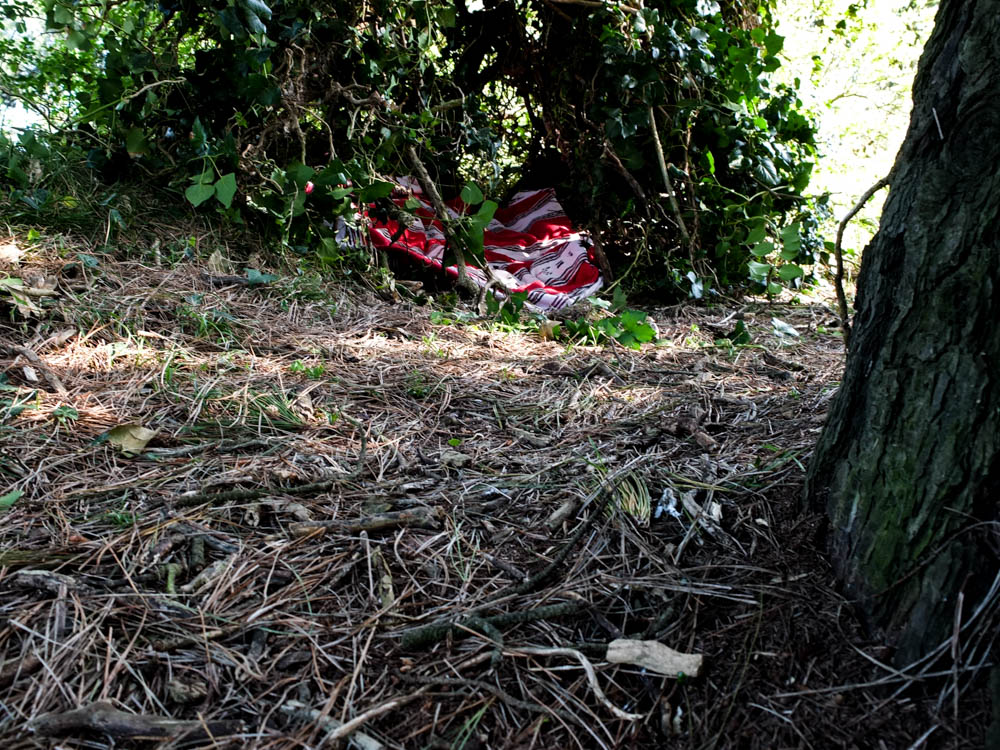For this shoot, I wanted to represent the obscure places the friendship group would find, just from driving around with one another. This shoot was inspired by Ivan Troyanovsky and Theo Gosselin.
The image below reminds me of Theo Gosselins work as Theo tended to capture people in cars driving, as a way to represent the road trip that he’s on whilst taking his photographs. Therefore, I took a photo of the model driving to the location. This photograph worked well because we were driving up a hill, we were above sea-level and therefore one can see the sea out of the window, which shows the viewer we’re very close to the sea. The natural light coming through the window, adds a bit of light highlighting his silhouette which makes him stand out.


When taking this photograph, composition was key, as anyone can take a photo of someone standing on a beach. However, understanding how to make it different from your stereotypical image was important. Therefore, to achieve this image I climbed up this wall so I could be a lot higher than the model, yet because it was high tide the model doesn’t appear to be too far away from the camera lens. This image represents how small we are, in the world that we live.

I love the colors of these two images, as the models hair and shoes are a very similar color to the seaweed, and the grey jumper matches the grey rocks surrounding him. Therefore they’re all the same colors just slightly different tones. In the image on the right as well if you look really closely the model has green eyes, and he’s holding up a piece of sea glass covering his eye, which is bright green

The image below reminded me of this quote from my artist research;
“When I photograph, I try to use my instincts as much as possible. It is when pictures are unconsidered and irrational that they come to life; that they evolve from showing to being.” Jacob Aue Sobol
This quote links to the below image because if I was to stage a shoot, where I had the models to pose for me down at the beach, the outcome would be completely different, for example the body gestures would be perhaps more tense. As the viewer can see this is a moment which has been captured rather than set-up, it makes the viewer imagine the moment more, and therefore become more connected to the image.








I love this image, as it shows a lot of the landscape which is important. When looking at this image your eyes are immediately drawn to the wave which is crashing in the background ,therefore creating white wash surrounding the coast, and therefore your eyes follow from the left where the wave is crashing to the left where there is white wash and therefore one can see the person standing up on the rock. I love the expression of the model, as he’s looking directly at the camera, it looks as if he’s implying ‘common lets go.’ yet there isn’t really anywhere else you can go.


















